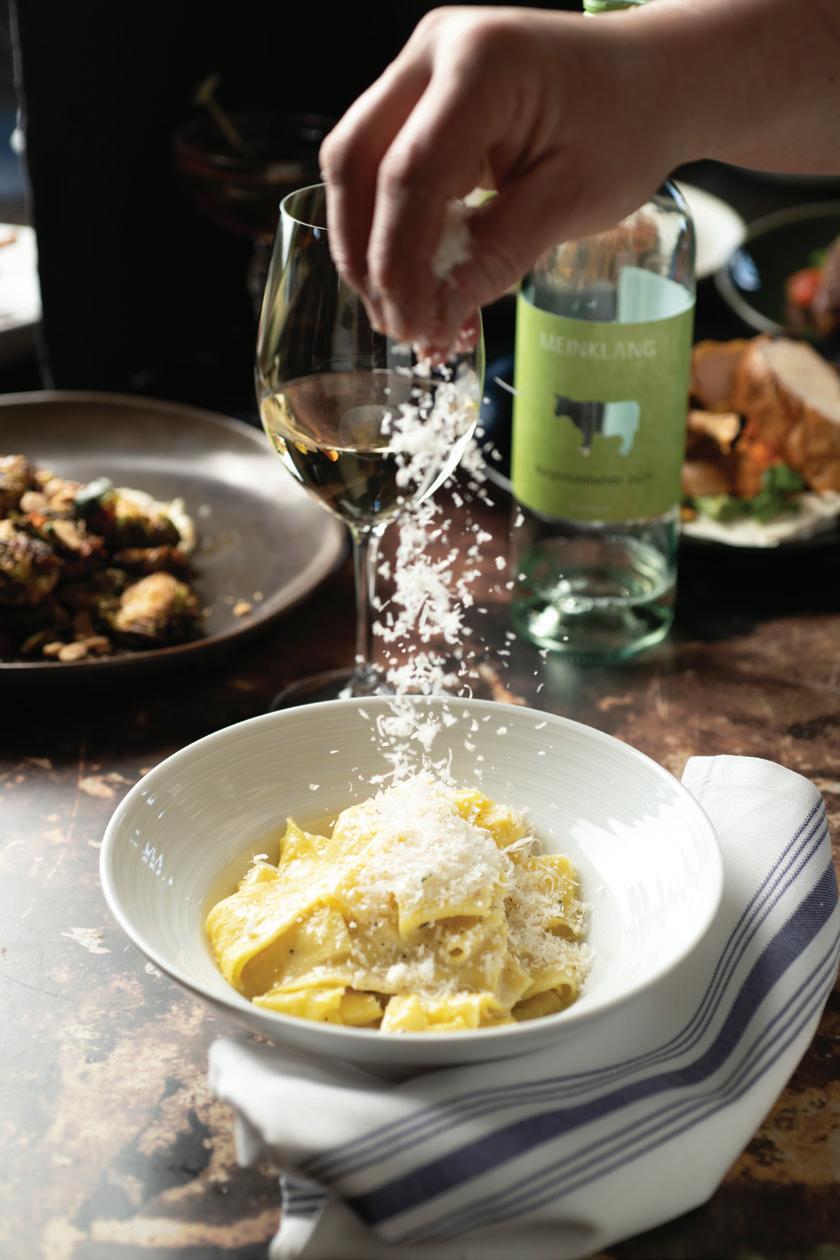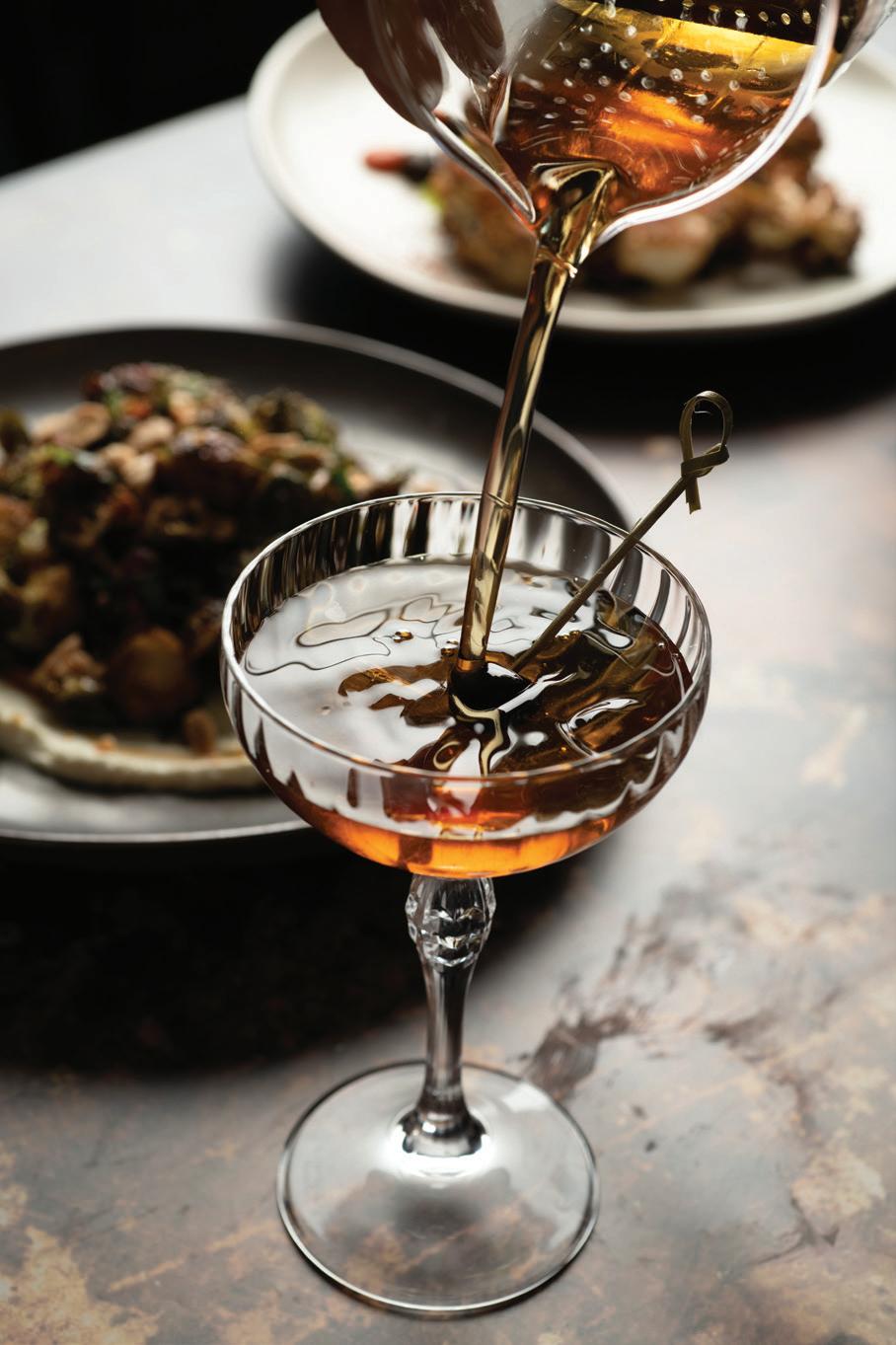










In 1863, when designating the western boundary of the territory that would become our state, Congress, with little regard for peoples or topography, drew a line straight south from Colorado. Thus resulted the anomaly known as the Four Corners—where not four but six jurisdictions, including the Navajo and Ute Nations, meet. But there is a more natural, expansive, dramatic, and much older shape to the cultural and culinary character of this region.
In this issue of edible, we travel the Colorado Plateau, drinking in its grand beauty and dining and talking with some of its chefs, farmers, and winemakers. Stopping through Mancos, Colorado, the gateway to Mesa Verde, we discover a food and drink scene as rewarding as the mountain biking and vistas. Then we journey over Waterpocket Fold to the remote gastronomic enclave of Boulder, Utah, where Hell’s Backbone Grill & Farm serves elevated, place-based cuisine on the brink of the Canyons of the Escalante. From there, we drop down to the outskirts of Sedona for wine and cocktails with Verde Valley native Candolin Cook. Back in New Mexico, we linger between the Bisti Badlands and canyons of greater Farmington, where Alexandria Bipatnath explores three Native-run food businesses, including that of James Beard Award finalist Justin Pioche. A few miles down the road, sommelier Michele Padberg tempts us to taste rosés and reds from the secret gardens at Wines of the San Juan.
Along the way, farmer M. Karlos Baca and forager Anna Marija Helt challenge us to view invasive plant species differently—to find occasions for learning, for self-study, for culinary use. Knowing that every journey ends at home, we also share recipes from Lois Ellen Frank’s forthcoming cookbook. Seed to Plate, Soil to Sky is a collection of plantbased recipes made using what the local scholar and chef calls the “magic eight”—all ingredients indigenous to the Americas, several of which have long been traded along routes similar to those taken in these pages. Whatever your ancestry, we echo Frank’s invitation to honor the stories behind the meals you eat while traveling through these spectacular and life-sustaining spaces.
PUBLISHERS
Bite Size Media, LLC
Stephanie and Walt Cameron
EDITOR
Briana Olson
ASSOCIATE EDITOR
Susanna Space
COPY EDITOR
Marie Landau
DESIGN AND LAYOUT
Stephanie Cameron
PHOTO EDITOR

Stephanie Cameron
EVENT COORDINATOR
Natalie Donnelly
VIDEO PRODUCER

Walt Cameron
SALES AND MARKETING
Kate Collins, Melinda Esquibel, Gina Riccobono, and Karen Wine
PUBLISHING ASSISTANT


Cristina Grumblatt
CONTACT US

Mailing Address: 3301-R Coors Boulevard NW #152, Albuquerque, NM 87120 info@ediblenm.com ediblenm.com
SUBSCRIBE ∙ LETTERS




EDIBLENM.COM
We welcome your letters. Write to us at the address above or email us at INFO@EDIBLENM.COM
Briana Olson, EditorBite Size Media, LLC publishes edible New Mexico six times a year. We distribute throughout New Mexico and nationally by subscription. Subscriptions are $32 annually. Subscribe online at ediblenm.com/subscribe
No part of this publication may be used without the written permission of the publisher.
© 2023 All rights reserved.
OCTOBER 7–15
The Balloon Museum Foundation is proud to host the Observation Deck Balloon Museum Dining Events during the Albuquerque International Balloon Fiesta® October 7-15, 2023.



O ering the best views from above the crowds, delicious dining, VIP amenities, and access to the Balloon Museum and Balloon Fiesta Park, the Observation Deck is the best way to experience Balloon Fiesta®.


ALEXANDRIA BIPATNATH is Anishinaabe and Guyanese from Toronto, Canada. She is a clinical integrative nutritionist and chef who specializes in First Nation fusion foods. Bipatnath founded The Wholesome Conscious in 2018, which began as a catering company and now offers a wide variety of services.
STEPHANIE CAMERON was raised in Albuquerque and earned a degree in fine arts at the University of New Mexico. Cameron is the art director, head photographer, recipe tester, marketing guru, publisher, and owner of edible New Mexico and The Bite
CANDOLIN COOK is a historian, writer, editor, and former co-editor of edible New Mexico. She recently received her doctorate in history from the University of New Mexico and is working on her first book.
UNGELBAH DÁVILA lives in Valencia County with her daughter, animals, and flowers. She is a writer, photographer, and digital Indigenous storyteller.
LOIS ELLEN FRANK, PHD, is a Santa Fe–based chef, author, Native foods historian, culinary anthropologist, educator, photographer, and organic gardener. Her cookbook Foods of the Southwest Indian Nations won a James Beard Award, and she has spent over thirty years documenting and working with the foods and lifeways of Native American communities in the Southwest. Dr. Frank is the chef and owner of Red Mesa Cuisine, a catering company specializing in Indigenous cuisine and cultural education with a modern twist, where she cooks alongside Native American chef Walter Whitewater. To learn more about Red Mesa Cuisine, visit redmesacuisine.com.
ANNA MARIJA HELT, PHD, is a writer, microbiologist, and practicing herbalist in the Four Corners area. Through Osadha Natural Health and other organizations, she engages people with the natural world for their own well-being and that of the planet.
BRIANA OLSON is the editor of edible New Mexico and The Bite She previously edited the Greenhorns’ New Farmers Almanac and Mount Tamalpais College’s OpenLine, among other publications, and has written on food, land, and art for outlets such as Southwest Contemporary, Cordella, and the local plant zine Rootwalk
MICHELE PADBERG is an advanced sommelier, international wine judge, and co-owner of Vivác Winery. She has taught master classes, hosted VIP tasting experiences, and lectured at the American Wine Society National Conferences, the University of Upper Alsace in France, and the Association of Wine Educators in the UK. Co-author of the e-book The New Normal in the Wine World, Padberg also wrote for Sommeliers International magazine from 2019 to 2022 and has covered wine for a number of newspapers and blogs. She loves to travel and explore new wine regions, often with her family in tow. Find her at winefirst.net.
SUSANNA SPACE is a writer and the associate editor of edible New Mexico and The Bite. Her essays on topics ranging from meteors to filmmaking to beluga whales have appeared in numerous literary outlets. She lives in Santa Fe.
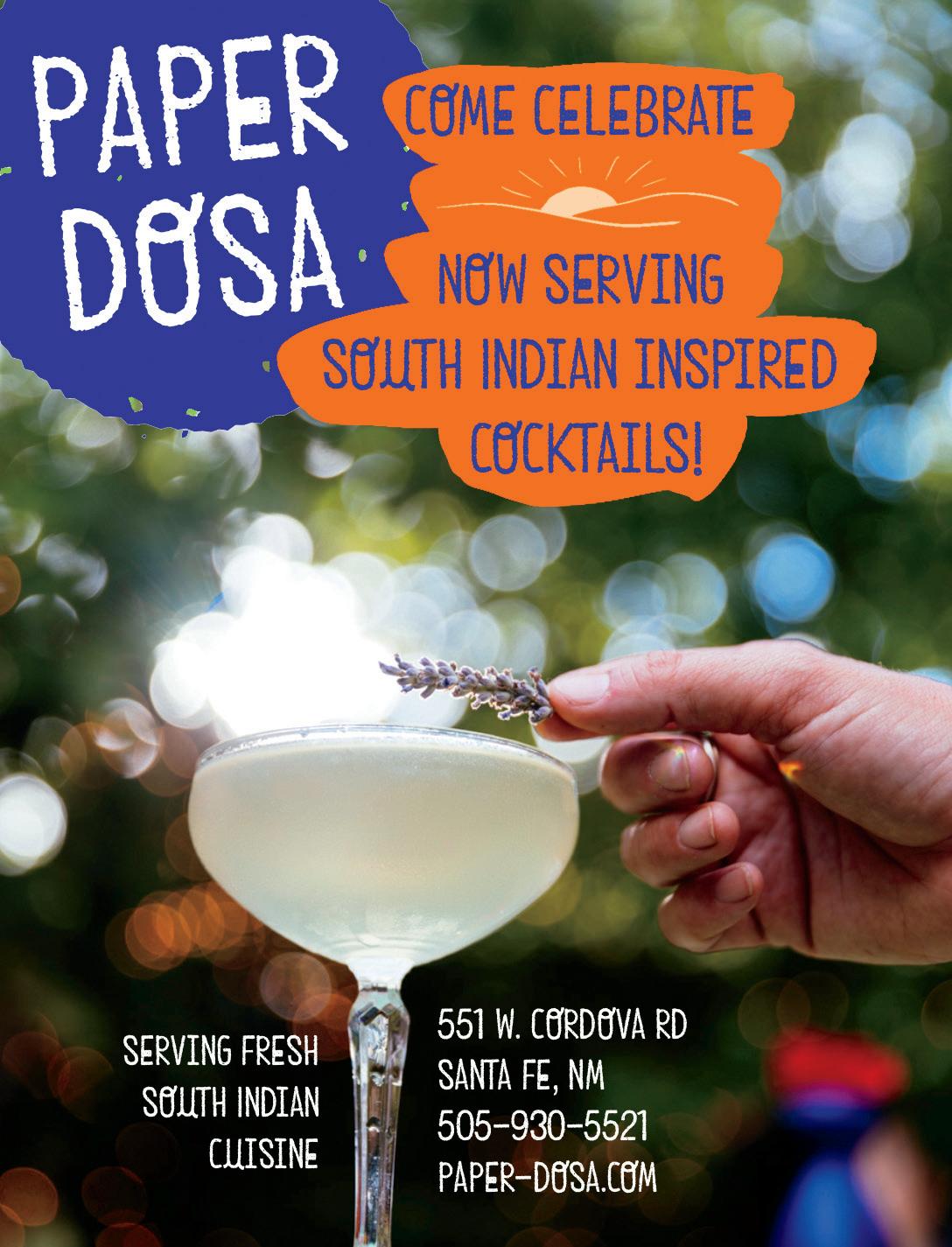

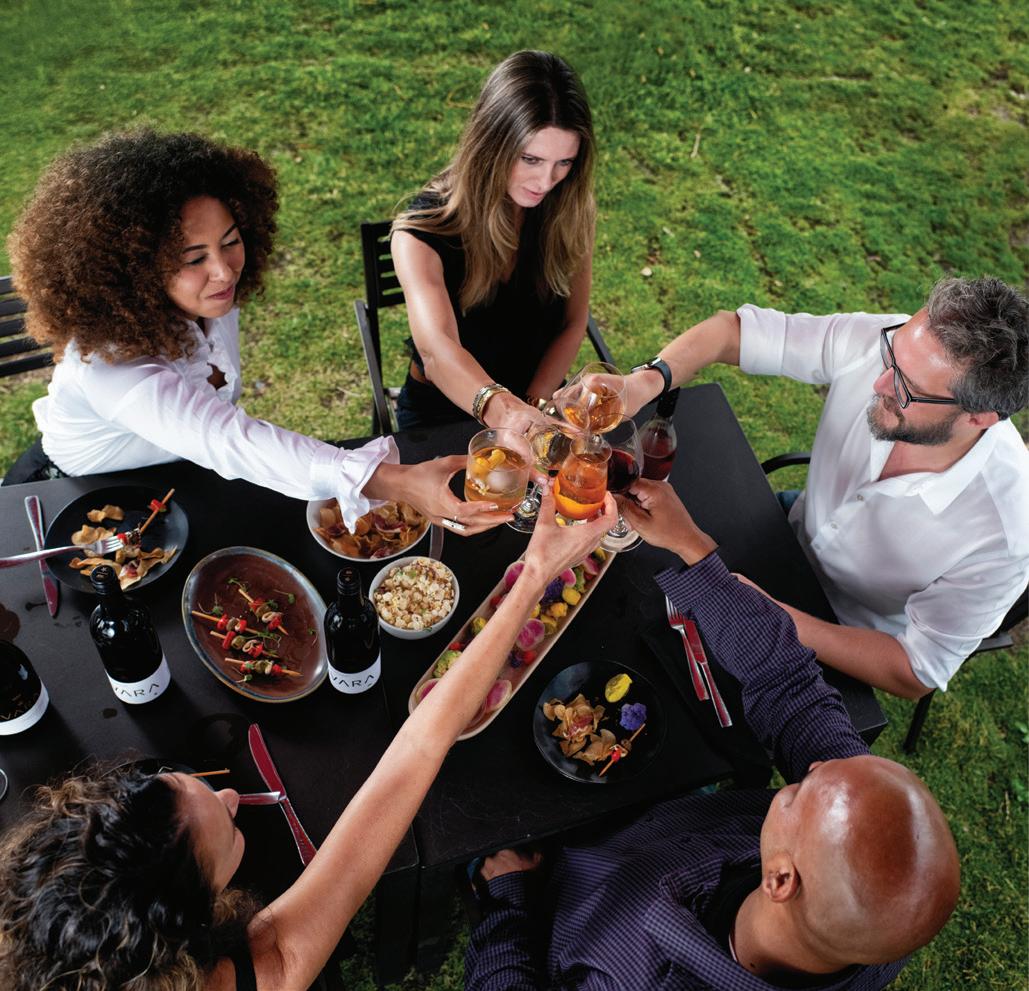

An edible Local Hero is an exceptional individual, business, or organization making a positive impact on New Mexico's food systems. These honorees nurture our communities through food, service, and socially and environmentally sustainable business practices. Edible New Mexico readers nominate and vote for their favorite local chefs, growers, artisans, advocates, and other food professionals in two dozen categories. (Winners of the Olla and Spotlight Awards are nominated by readers and selected by the edible team.) In each issue of edible, we feature interviews with a handful of the winners, allowing us to get better acquainted with them and the important work they do. Please join us in thanking these Local Heroes for being at the forefront of New Mexico's local food movement.

RESTAURANT
Albuquerque
Mesa Provisions
Santa Fe
Horno Restaurant
Greater New Mexico NOSA, Ojo Caliente
FARM/RANCH
Central New Mexico
Reunity Resources
Community Farm, Santa Fe
Greater NM
Full Circle
Mushrooms, La Mesa q
BEVERAGE ARTISAN
Beer
Rowley Farmhouse
Ales, Santa Fe
Wine
Milagro Vineyards, Corrales
COCKTAIL PROGRAM


Happy Accidents, Albuquerque
CHEF
Albuquerque
Jennifer James, Frenchish
Santa Fe
Paulraj Karuppasamy, Paper Dosa
Greater New Mexico
Cristina Martinez, De La Tierra Restaurant, Taos



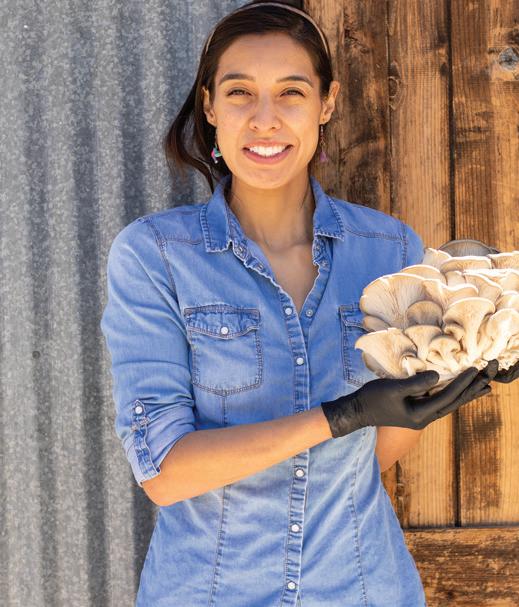
BEVERAGE ARTISAN
Spirits
As Above So Below, Santa Fe
Nonalcoholic Slow Burn Coffee, Albuquerque






TO OUR 2023 LOCAL HEROES
FOOD SHOP
The Mouse Hole Cheese Shop, Albuquerque
GASTROPUB
La Reforma, Albuquerque
FOOD TRUCK
Root 66 Food Truck, Albuquerque
BAKERY
Los Ranchos Bakery, Albuquerque
SUSTAINABILITY: LABOR PRACTICES
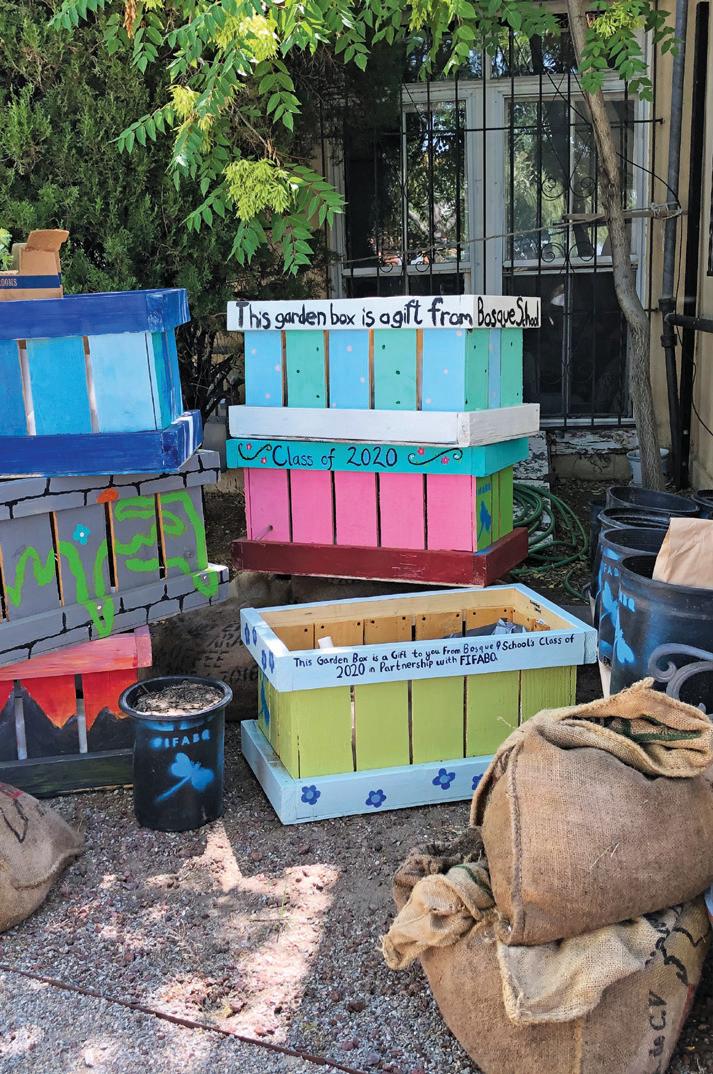
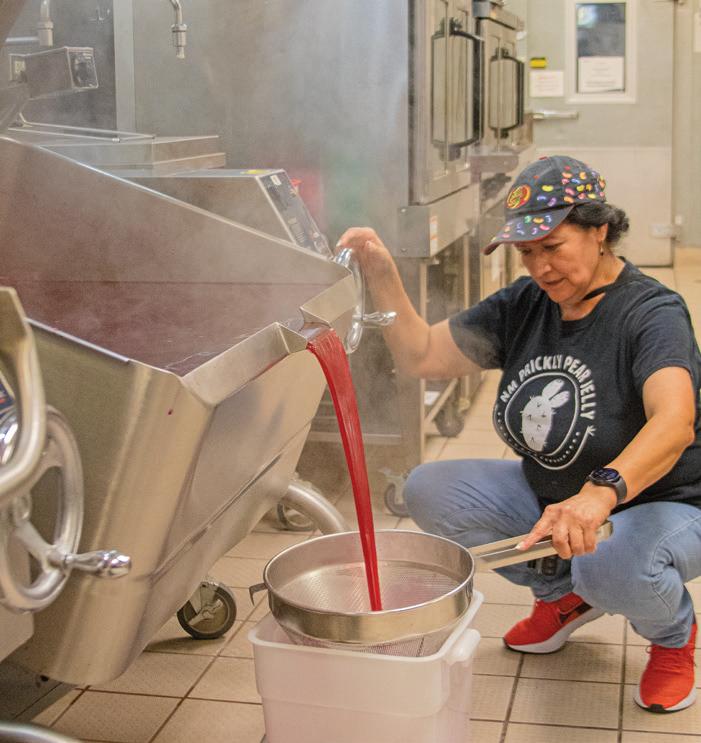
Chispas Farm, Albuquerque
CAFÉ / COFFEE SHOP
Cafecito, Santa Fe

FOOD ARTISAN

NM Prickly Pear Jelly, Albuquerque
NONPROFIT
Food is Free Albuquerque, Albuquerque
INNOVATOR: DESIGN
Sawmill Market, Albuquerque

OLLA AWARD
Penny Rembe, Los Poblanos
Historic Inn & Organic Farm
SPOTLIGHT AWARD: FRONT OF HOUSE
Rosa Zamora, Farm & Table, Albuquerque
SPOTLIGHT AWARD: BACK OF HOUSE
Jeremy Schmidt, Bar Castañeda, Las Vegas
SPOTLIGHT AWARD: FARMWORKER
Nery A Martinez, Santa Cruz Farm & Greenhouses, Española
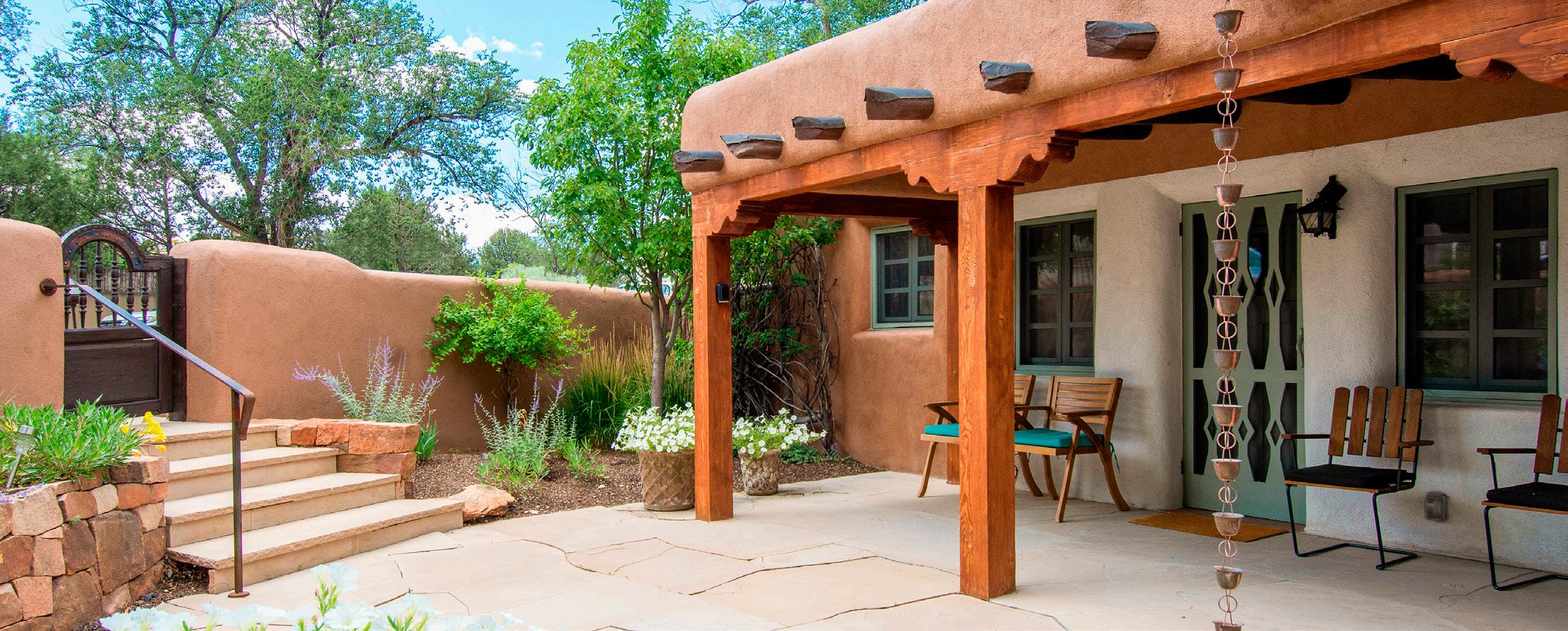





 Photos by Stephanie Cameron
Photos by Stephanie Cameron
The beer business is one of camaraderie and collaboration. If you need help, there’s no shortage of brewers willing to lend a hand, as Rowley Farmhouse Ales’ co-owner and founding brewer John Rowley knows from his nine years as president of the Sangre de Cristo Craft Brewers, an accredited local home-brewing club with more than one hundred members. An accomplished brewer with more than fifteen years of experience, Rowley’s focus is on live-culture sources and mixedculture fermentation. He’s won more than eighty national and regional awards since starting to compete in brewing competitions in 2010. Not surprisingly, Rowley enjoys science—he has worked as a research chemist at Los Alamos National Laboratory for twenty-one years—as well as baseball, all things beer, bicycles, and time with his friends and old but loving dog, Buddha.
You brew a variety of styles, but farmhouse ales are your base. For the uninitiated, what is mixed-culture fermentation, and what role do yeasts and bacteria play in making a saison a saison, a gose a gose, and a Berliner Weisse a sour?
Mixed-culture fermentation is the use of the combination of multiple strains of brewer’s yeast, wild yeast, and/or souring bacteria. More typical beers that you would encounter like an India pale ale or a Mexican-style lager would usually use a single strain of topfermenting ale yeast or bottom-fermenting lager yeast. The idea in the common IPA would be to limit yeast expression to yield a beer that focuses on hop flavors. Mixed-culture fermentation aims for the opposite; we strive for fermentation-driven flavors. A saison is driven by the selection of phenol-producing brewer’s yeast strains (such as saccharomyces) and/or wild yeast (such as brettanomyces) and a mix of barley, wheat, and/or lesser-used grains like spelt or rye. Gose is a German beer that was mostly brewed in and around Leipzig, and features a salinity from the water in that region. It is typically a simple beer brewed with barley and wheat, very little hops, and a souring bacteria like lactobacillus and a German ale yeast working together to both provide sourness and typical ale fermentation. The Berliner Weisse is pretty much the same as the gose, but without the salinity.
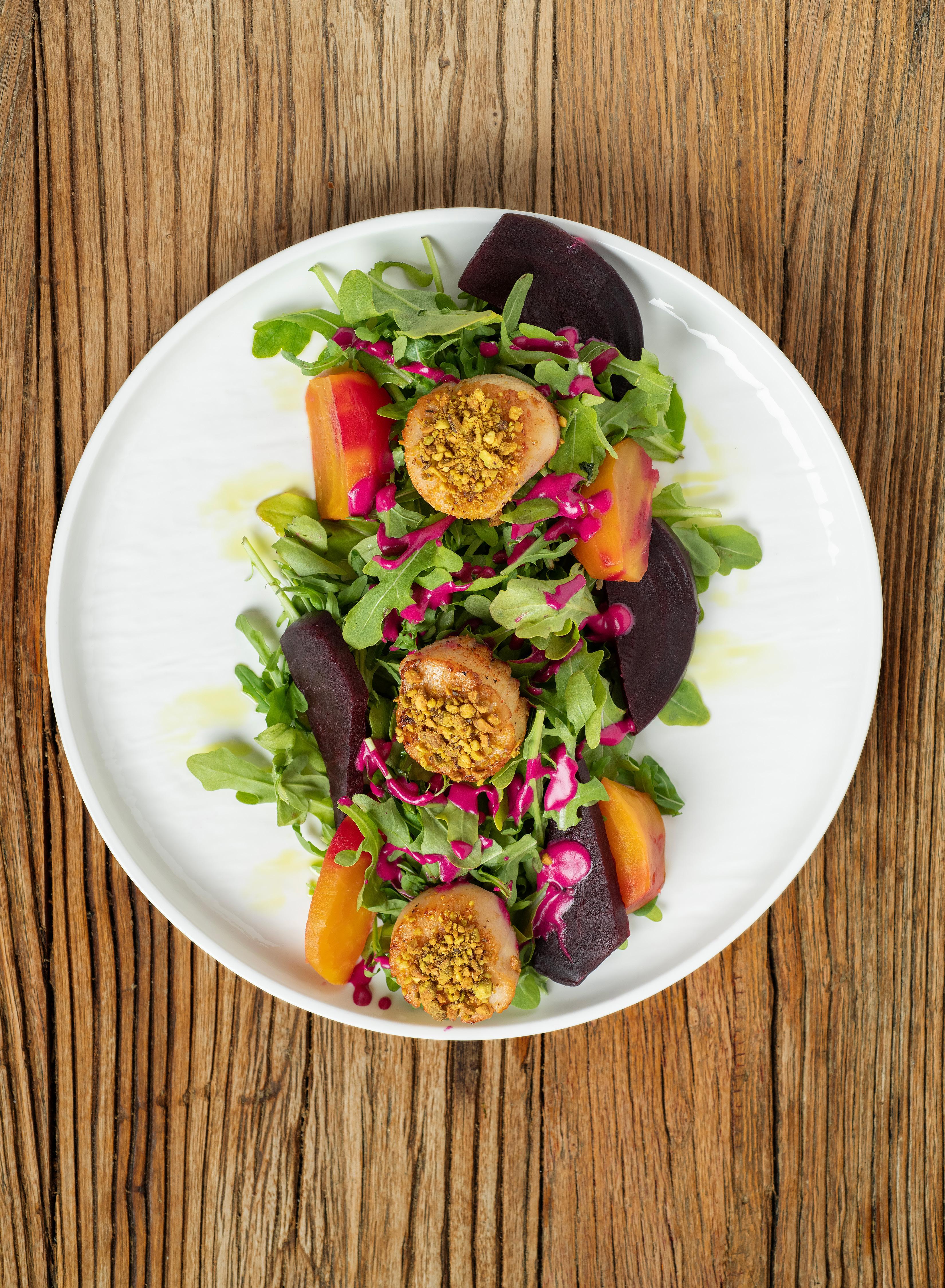
Your descriptions of your beers display a belief that details matter. Can you walk us through the components of a single beer—say, Fields of Rye—and explain how they come together?
Details do matter! I think paying attention to the small things pays big dividends in the end. That said, I also value simplicity in grain bill design, and every ingredient needs to have a specific reason to be there, unless you are trying to rid it from your inventory. In home brewing, you see the latter expressed as the “kitchen sink beer,” which is a hodgepodge of ingredients left over from other brew days. Fields of Rye is designed exactly with that mindset [of simplicity meeting specificity]. It is made up from a base of pilsner malt, Belgian aromatic malt for color, and about 20 percent rye from Weyermann in Germany. It is hopped/ bittered with Styrian Golding hops, just enough to offset any residual malt sweetness (which is not much when you use the highly attenuative yeast we do), and then fermented with a monoculture of French saison yeast. The result is a flavorful beer, with hints of white pepper and clove, and a light malt-sweet background and soft, spicy note from the rye. Who touches each beer that you produce, and how did they come to be a part of the Rowley team?
Our brewing team is made up of Jennifer Treu, our head brewer; assistant brewers Jennifer Arvizo and Roger Pacheco; and myself. A couple others from the front of the house come help on packaging days. Nestor Cabello-Devora has been helping out on these days as of late, as well as Ludy Batres.
Do you have a favorite local ingredient? How do you use it?
I’m really into White Sonora wheat, which for a long time I have sourced from BKW Farms in Marana, Arizona. Not super local, but in a regional sense it is. Lately we’ve been getting some from a local farmer, but what we had just burned up in our recent fire. White Sonora wheat is nutty and rich, and brings a wonderful earthy presence to our beers that use it. I also like getting native neomexicanus hops, but these aren’t readily available unless I buy the ones grown in the Yakima Valley. I have been getting some from Randall at Sherrog Hops out in Pecos, but since he’s still just getting geared up, he doesn’t always have a lot each harvest.
How does sustainability factor in your sourcing of hops and grains?
As a really small brewery, we don’t have the means to be focused 100 percent on sustainability, but it is definitely in our plans for growth going forward. We like to source from local vendors and farms, but we also need to be sure we get the quality we need. We use base malts from Weyermann and Rahr, who both put sustainability at the forefront of their businesses. Hops are a big water user, so it makes sense to buy hops from regions like the Yakima Valley to take advantage of their relative abundance of water.
We also provide Beck & Bulow with our spent grain to feed their animals, then serve those meats in our taproom. Sustainability isn’t usually the path of least resistance, but as mindsets change, it seems to be getting easier to achieve.
Describe a perfect beer and food pairing for late afternoon in monsoon season.
The perfect pairing for me would be a big bowl of cold gazpacho and a goblet of table saison like our La Comunicación or Le Petit Prince from Jester King. Simple yet heavenly! Let it rain!
In addition to your own beers, you serve a number of beers from other breweries. Why, and what are some of your favorites?

We serve a variety of other beers so that we can focus on the style we want to brew yet provide our customers a range of offerings. Since we don’t have the ability to brew on a larger scale, we choose to specialize, and buy beers from all the other amazing breweries out there to fill the rest of the taps. This gives us a wide variety, both on draft and in our bottle list, and you’ll have a comprehensive beer experience when you come to our place.
I wish we could get more Cantillon, as they are great bottles to enjoy with a meal, but the availability has dropped considerably with the demise of Shelton Brothers. We do have another lambic in 3 Fonteinen (delicious!), and I enjoy some of the heftier offerings in the colder months, like the barrel-aged Nevermore barleywine from Ex Novo in Corrales, as well as the Utopias barrel-aged World Wide Stout from Dogfish Head. I really enjoy our Blackest Friday event, as we bring out the best barrel-aged imperial stouts we can gather up throughout the year.
From all of us at Rowley Farmhouse Ales, I want to thank you for the recognition of all our hard work and efforts. We don’t make beer the easy way, as our system is 100 percent manual. It takes a lot of backbone to brew the way we do, and to receive the love we do from you means the world to us. Thank you! I hope we get to share a beer together sooner rather than later. Cheers!
1405 Maclovia, Santa Fe, 505-428-0719, rowleyfarmhouse.com

AN INTERVIEW WITH PHYLLIS RIBONI-HUSTEAD, OWNER
Photos by Stephanie Cameron
NM Prickly Pear Jelly is a family operation with Albuquerque roots that promotes buying local whenever possible to support our communities. Their prickly pears are grown and harvested in the East Mountains of Albuquerque. It is the nutrient-rich soil of the surrounding mountains that provides the fruit with a unique flavor and beautiful color. The pears are then processed in the commercial kitchen at the South Valley Economic Development Center (SVEDC). NM Prickly Pear Jelly’s syrups and jams can be found at Albuquerque’s Rail Yards Market, Whole Foods, and many other places. A perfect day off is hard to imagine—whether at the farm or in the kitchen, there’s always work to be done—but if it happened, Prickly Pear Honey and their newest jam, Ghostly Prickly Pear, would be on the menu.

Here in Albuquerque, year after year, we used to see prickly pears all over the ground, and we always wondered why no one would want them. Finally, my family bought me a recipe book with a prickly pear jelly recipe. It took some time to get the recipe right for our tastes, and it took off with friends and family. We sent it to relatives and acquaintances all over the country. One family member suggested we go into the prickly pear jam business. Truth is, I never thought it would have gone this far.
How do you farm prickly pears, and what are some of the challenges? Are all your prickly pears of the same variety?
The pears are easy to farm. It only takes a little water. The biggest challenge is the wild animals who like prickly pears as much as we


do! Prickly pear is naturally organic; there is no need to spray for insects. However, from time to time, we get black widow spiders that probably feel safe in the cactus.
As far as variety goes, I like the ones that just grow wild in the mountains; they give large fruit with a beautiful color.
You describe yourself as a zero-waste company; what does that mean, and what led you to focus on reducing waste?
We are determined to keep the beauty of the East Mountains by recycling all waste produced during production. Therefore, all seeds and skins are dried and used to make our prickly pear soap and bath bombs. Any leftovers from this process are returned to the soil to fertilize the following year’s crop.


Talk about your partnerships with other food artisans. How have those come about?
We have been lucky to find great partners in the following food artisans:
• Bristol Doughnut Co.: We started our businesses simultaneously, cooking at the SVEDC and hoping for the same dream. Sarah featured a prickly pear doughnut of the month. It was such a hit that it is permanently on the shop’s menu as its Prickly Pear brioche doughnut.
• Tractor Brewing Co.: Prickly Pear Cider. This is to die for.
• Bar X Brand jerky: Our juice is used to make their margarita–dried pineapple jerky.
• El Patron: Their Montgomery restaurant uses our syrup for their prickly pear drinks like margaritas.
• Fat City Eats Treats and Sweets: They make great pastries with our jams.
What are your favorite ways to use prickly pear jelly or syrup at home? At home, we always have something prickly pear; this helps us check the quality of our product. From pancakes, barbecue, glazes, drinks, salad dressings, and dips, the prickly pear salsa is the best!
In Mexico, prickly pear paddles, or nopales, are almost as widely used as their fruits. What do you think limits their market in the United States? Do you ever cook with them?
Since Mexico is the largest producer of a dedicated crop of nopales, it is readily available and woven into their traditions. Even though Mom was born in Texas, she used to fry these with tomato sauce and red chile flakes for us.
What does it take to get your products onto the shelves at Whole Foods?
Lots of work, persistence, and patience. Everything there works in cycles, so timing is everything. The people at Whole Foods are fantastic to work with, so it is well worth the wait. They genuinely believe in small businesses and our products. When you talk about community, how do you define yours?
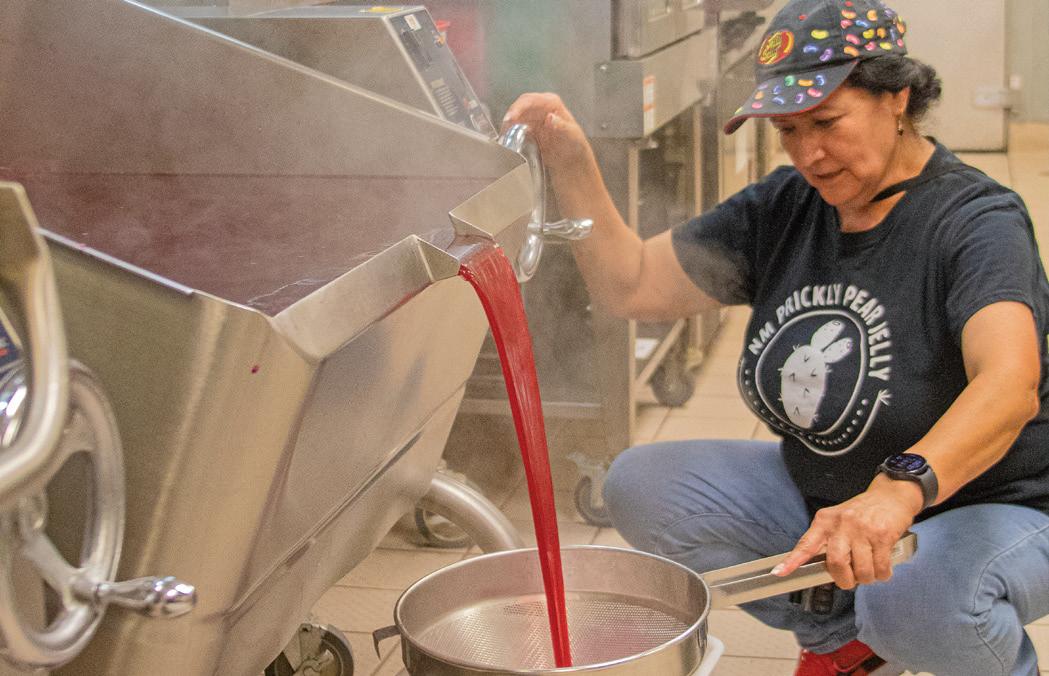
Our community comprises all the people we have met on this journey. We are still friends with the people we met from the day we first entered the SVEDC’s commercial kitchen as well as those we have met at the Rail Yards Market on the weekends. We have watched not only our businesses grow together but also our kids.
What does sustainability mean to you?
To continually grow your business while leaving the planet in better shape than you found it.
505-250-5651, nmpricklypear.com
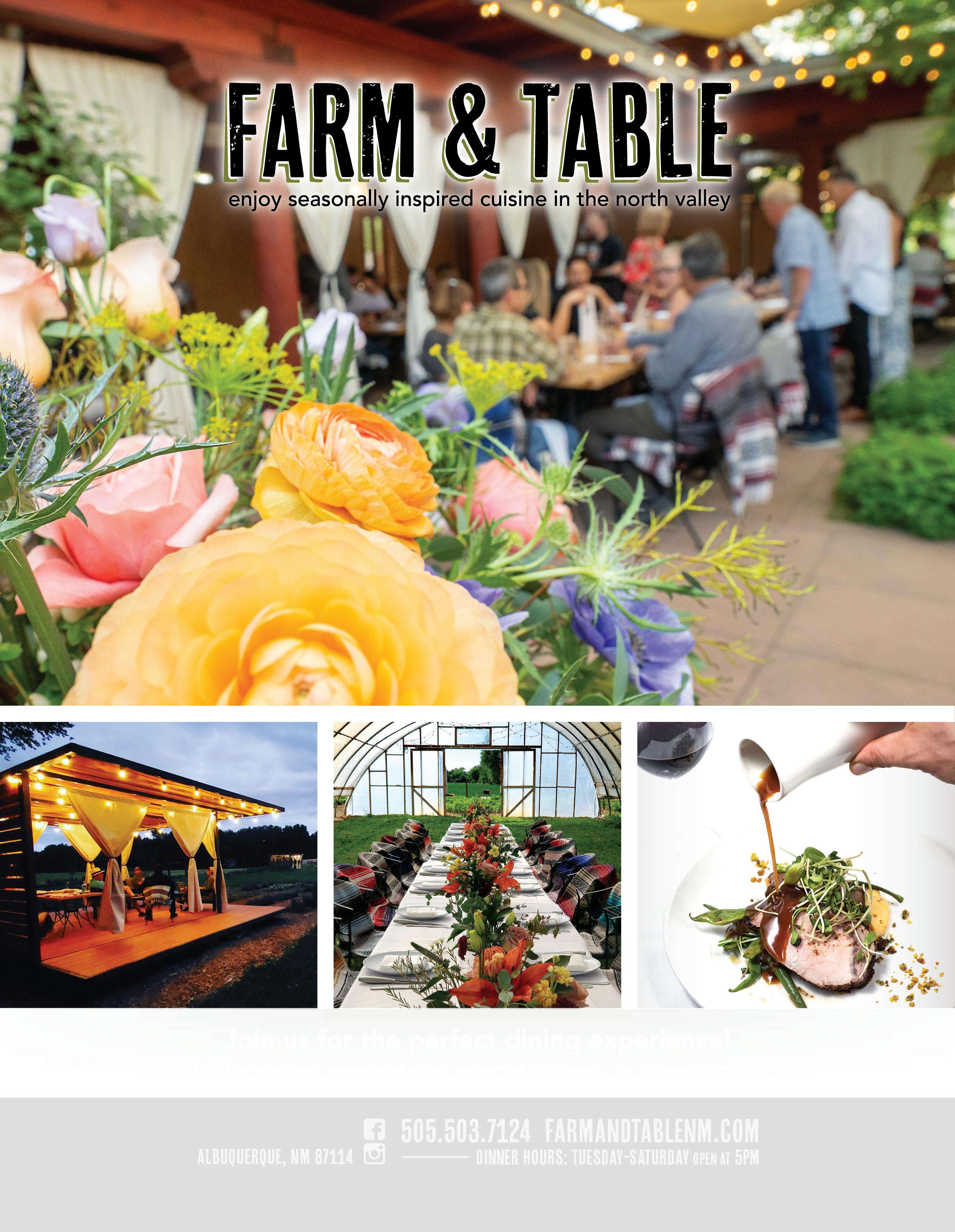

Photos by Stephanie Cameron
Mesa Provisions opened to immediate acclaim in Albuquerque’s Nob Hill in 2021, in the same neighborhood where owner and chef Steve Riley spent his twenties practicing bass. The restaurant’s menu is seriously seasonal, with spring dishes like asparagus vichyssoise and radish salad offered alongside year-round specialties such as the smoked chicken with duck fat tortillas. Born in Albuquerque, Riley started his culinary journey in his hometown in 1999 at the erstwhile Le Cafe Miche. There, working with executive chef Jennifer James, he was introduced to the world of fine cooking. Upon relocating to Southern California in 2004, Chef Riley worked at Chez Melange, a long-standing favorite of South Bay diners. In 2010, he partnered with Chez Melange’s executive chef Robert Bell to create the Italian bistro Mama Terano in Palos Verdes. Seven years later, Riley returned
home to New Mexico, where he became executive chef at Farm & Table before opening Mesa Provisions.
The atmosphere at Mesa Provisions is elegant, understated, and intimate without feeling crowded. What was the process for designing the space, and do you envision staying there?
Thank you. We wanted a clean and minimal feel for the space when we first opened. We are continuing to grow, evolving along the way and making upgrades when we can. We don’t have any current plans to move but you never know what the future holds.
Your food has been described as “country and southwestern”; you call it Southwest-inspired. Any particular meals or experiences that have influenced the creation and evolution of this dynamic menu?


I love to cook all types of different cuisines. Food is about connection in so many ways. I love to find similarities in cuisines and connect them, breaking those boundaries yet hopefully maintaining the integrity. The term Southwest-inspired is really a result of a need to put a label on what we do at Mesa Provisions, and every day I am inspired by everything around me here.
Talk about your commitment to seasonality and local sourcing. Who instilled this in you, and what drives you to sustain it?
The time I spent working in LA taught me how important seasonality and fresh ingredients are. Not only can you taste the difference, you can feel it.
What ingredient or dish are you fired up about right now? Is there something special you’re envisioning for the peak of summer?
Our watermelon aguachile. Last summer we served this dish that balances sweet, sour, spicy, and salty in a beautiful tribute to summer, and it will soon return to the menu.

For a restaurant with dry-aged rib eye on the menu, your attention to vegetables is remarkable. How do you balance a plate and what do you consider when developing plant-based dishes?
I love vegetables just as much as I love a good steak or burger. But they require taking the time to prepare them properly and pair them with ingredients that make them shine.
Your wine list leans French and Italian, and your draft beer menu is entirely local. Who selects the restaurant’s beverages, and what’s your personal favorite?
Our amazing beer and wine list is curated by Amy Haas of Palate. She does an amazing job. I actually do not drink.
Who makes the playlist for your dining room?
I make the playlist with some help from staff.
What are your favorite lunch spots in Albuquerque?
I have absolutely been loving what Buen Provecho ABQ has been doing. All their dishes are so amazing.
Anything else you’d like to share with edible readers?

Thank you, Albuquerque!
3120 Central SE, Albuquerque, 505-494-5264, mesaprovisions.com

La Montañita Co-op–Nob Hill & Rio Grande
Lowe’s Market on Lomas
Silver Street Market
• Moses Kountry Natural Foods
• Triangle Market in Sandia Crest
Lovelace Main Hospital
• Heart Hospital of New Mexico
Sandia National Labs
• UPC at UNM
UNM Hospital in Cafe Ristra
Presbyterian Rust Hospital
Nusenda Corporate Office
• INTEL- Rio Rancho
• Presbyterian Cooper Center
UNM Campus - Mercado, SRC, Cafe Lobo
My Market - Mesa del Sol - Netflix Studios
Frontier Market - Corrales
Lantern Ridge Market - Sandia Park
PLACITAS
The Merc
SANTA FE
La Montañita Co-op
• Kaunes Market
Eldorado Supermart at the Agora
Christus St Vincent Hospital
• Pojoaque SuperMarket
LOS ALAMOS
Los Alamos Cooperative Market
Los Alamos National Laboratory
ESPAÑOLA
Center Market
• Presbyterian Hospital
TAOS
Cid’s Market
GALLUP
La Montañita Co-op SOCORRO
Fine International Vegetarian and Vegan grab and go including ready to serve complete meals.

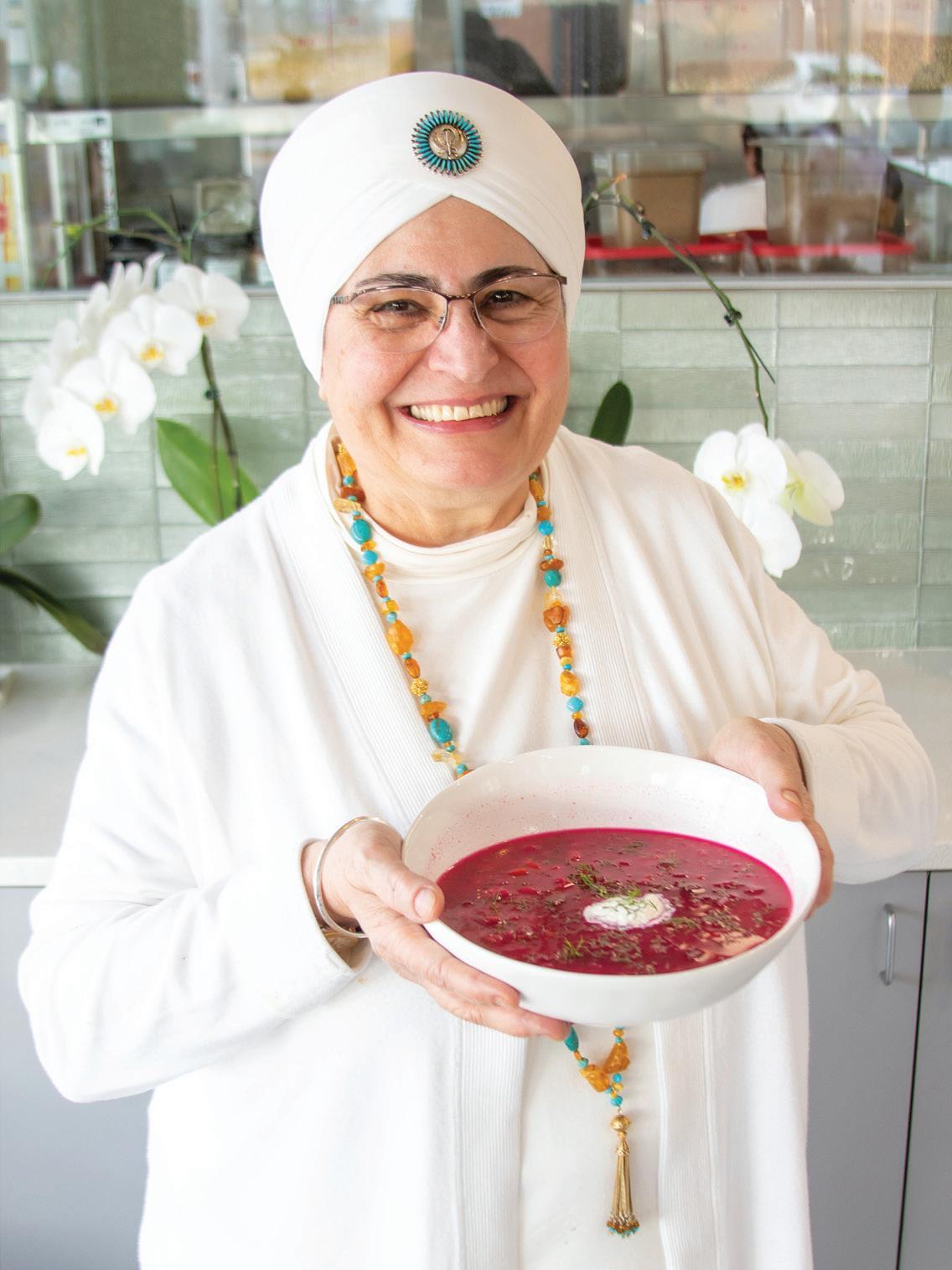
DELIVERY STATEWIDE
Call for Menu: 505-266-6374
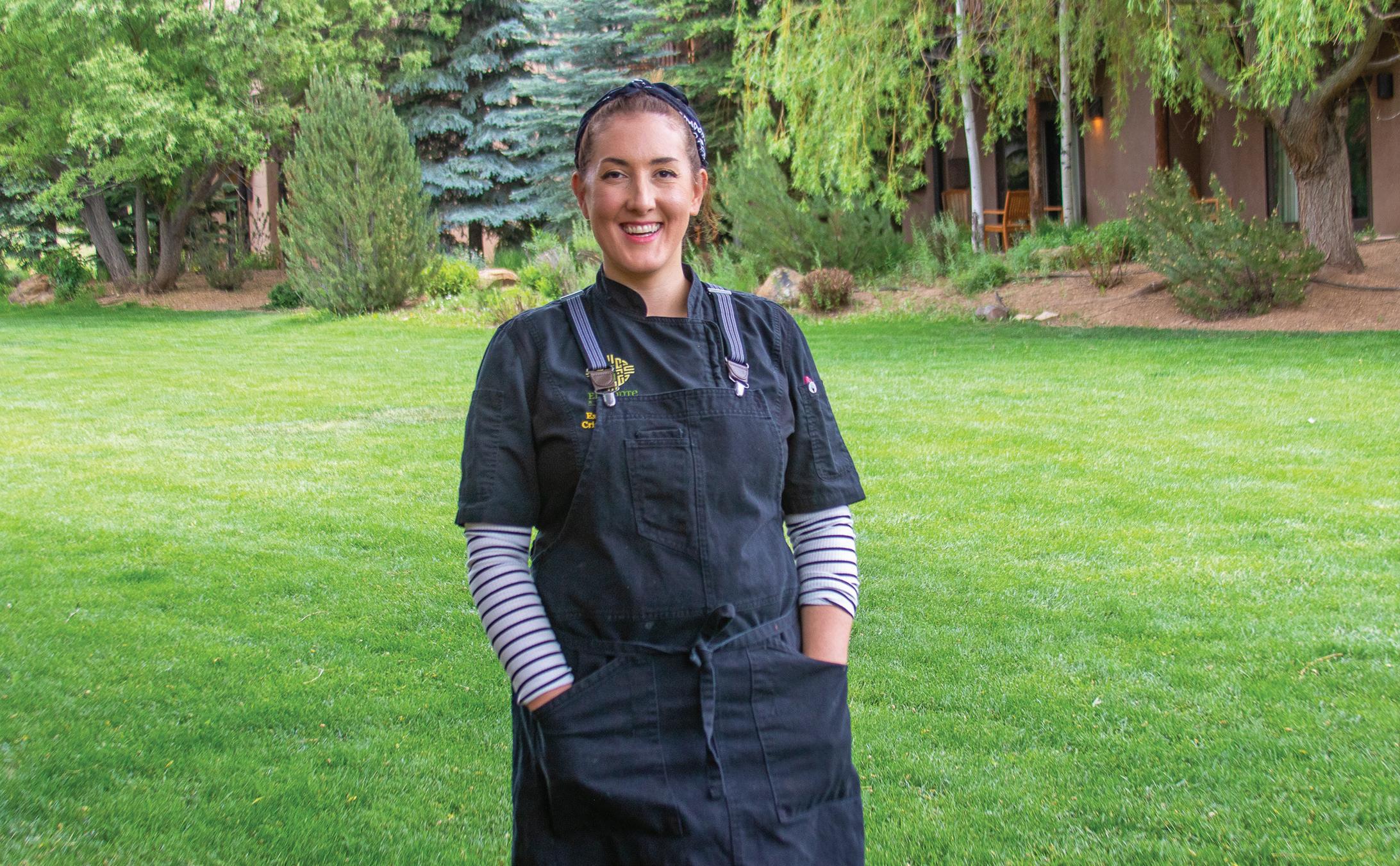
AN INTERVIEW WITH EXECUTIVE CHEF OF DE LA TIERRA AT EL MONTE SAGRADO
Cristina Martinez’s passion for fine and comfort cuisine began with the rich foods of her New Mexican childhood. Inspired by European, French, and Asian influences, she honed her skills at Le Cordon Bleu, graduating with honors in 2006. Soon afterward, Martinez brought her talents back to the Land of Enchantment and held positions with Heritage Hotels and Resorts, Pueblo Harvest Café (now Indian Pueblo Kitchen), and The Artichoke Cafe, where she served as executive chef. She has won awards from several local competitions, including the Souper Bowl, Duke it Out (three years in a row!), Chef Knockout, the Taco Cookoff, and the 2019 Celebrity Pie Auction and Throwdown to benefit the Not Forgotten Outreach in Taos. She also supports local charities including Feast of Hope and Stray Hearts Animal Shelter. Martinez has been at El Monte Sagrado for seven years and is constantly learning and growing with the company.
When we asked what her signature dish might be if she opened a food truck, she didn’t hesitate: “A bomb Philly cheesesteak.”
Describe your journey as a chef. What drew you to cook professionally? What obstacles have you encountered? Why Taos?
I have always known I had a taste for delicious, rich food ever since I can remember. It wasn’t until I was helping my mother with church events held at the house almost every weekend—I realized I had a passion for cooking while organizing these events with my mother. I truly loved the challenge of pleasing, and people loved the food. My brother passing away when I was nineteen set me on a journey to go to culinary school, and I decided to move to Los Angeles with my cousin who was on a similar journey going to film school. I had never moved away from home and, honestly, I needed to push myself to see







what I could do on my own. I ended up being a leader in the kitchen and was drawn to that.
I have faced many obstacles in my career as a woman in the culinary industry. I have been pushed over the edge and taken advantage of, but these experiences have only made me stronger as a leader. I’m now more aware every day of the importance of psychology as a manager in a stressful environment. It takes a lot of care and it’s not just cooking anymore; there are so many pieces that I push myself to be better at.
I was working at The Artichoke Cafe, where I had a wonderful experience for many years, [when] Heritage contacted me through a friend working for them about an opportunity in Taos as chef at El Monte Sagrado.
I am incredibly grateful to Pat and Terry Keene for creating a supportive and encouraging workplace. I grew so much creatively there; I just felt a challenge and a change from Albuquerque was needed. There is this undeniable peace here in Taos, but I miss Albuquerque in many, many ways.
Your menu draws from Mediterranean, Vietnamese, and French traditions, along with Mexican and New Mexican. What kind of food did you grow up eating? Was there a particular food experience that sparked your exploration of diverse cuisines?


I remember vividly everything good I ate as a child. I remember being blown away by La Crêpe Michel [one of Albuquerque’s longeststanding French restaurants, closed since 2020] growing up, and the taste of rich cream and butter was just heaven; my mom and I ate out quite a bit, that was always the family love. One core memory that drew me to French food is going to EPCOT center when I was ten, and wanting to eat everything there because of being able to go to each little country—France blew my mind, cream and butter like I’ve never tasted. Constantly food obsessed. Do you have a favorite ingredient? Where do you source it?
Vinegar makes almost everything better. I like to make it using leftover wines, I love to collect it.









OUR SALMON HOT DOGS ARE DELICIOUS, HEALTHY, AND SUSTAINABLE IN EVERY BITE!







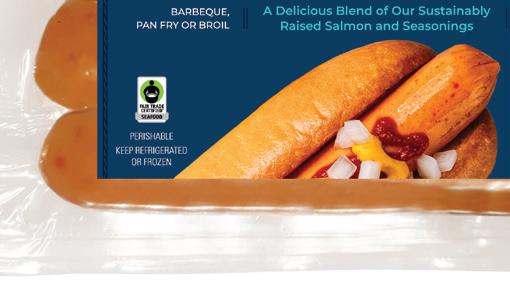
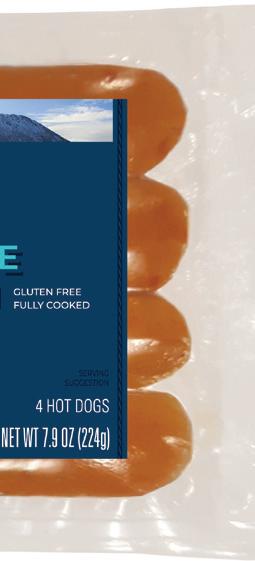



What is your philosophy for running a kitchen? Can you talk about the dynamics of your team? Have you been impacted by the staffing shortages that so many restaurants are struggling with?
Teaching is essential for any chef to be successful. Chef Tony Nethery taught me that sharing recipes and techniques makes life easier and the world better. The more you spread your knowledge, the more people can see why things are done a certain way. Open and honest communication is vital in a kitchen, that’s just one way to make your staff feel appreciated and learn. Creating a great environment helps people thrive and want to do their best and work as a team. Everyone has an important role, so when it all clicks, it’s the best. Striving for perfection is what we all want, but it’s a real balance, like a family.
Staffing is always a challenge, but it is especially challenging in Taos, so I appreciate my staff dearly.
What (or who) have been three of your greatest influences?
My husband, my parents, and hardships.
Any advice for a young woman with dreams of becoming a chef?
I think this goes for anyone: Initiative and hard work is how you go really deep into it. Never stop learning, show interest, and immerse yourself in constant growth. Gain respect by not letting people walk all over you, but have kindness. Take care of yourself. Don’t be afraid to fail, but learn from it and always find solutions.
What is a local food issue that is important to you? Why?
Sustainability is always a culinary topic of importance. Northern New Mexico has such a rich and beautiful cultural history. Preserving and supporting traditional culinary practices and techniques by supporting recipes, crops, and local farmers helps to sustain and keep traditions alive. By supporting local initiatives, hopefully our vibrant history will not only stay alive but help the culture and environment thrive for the present and future.
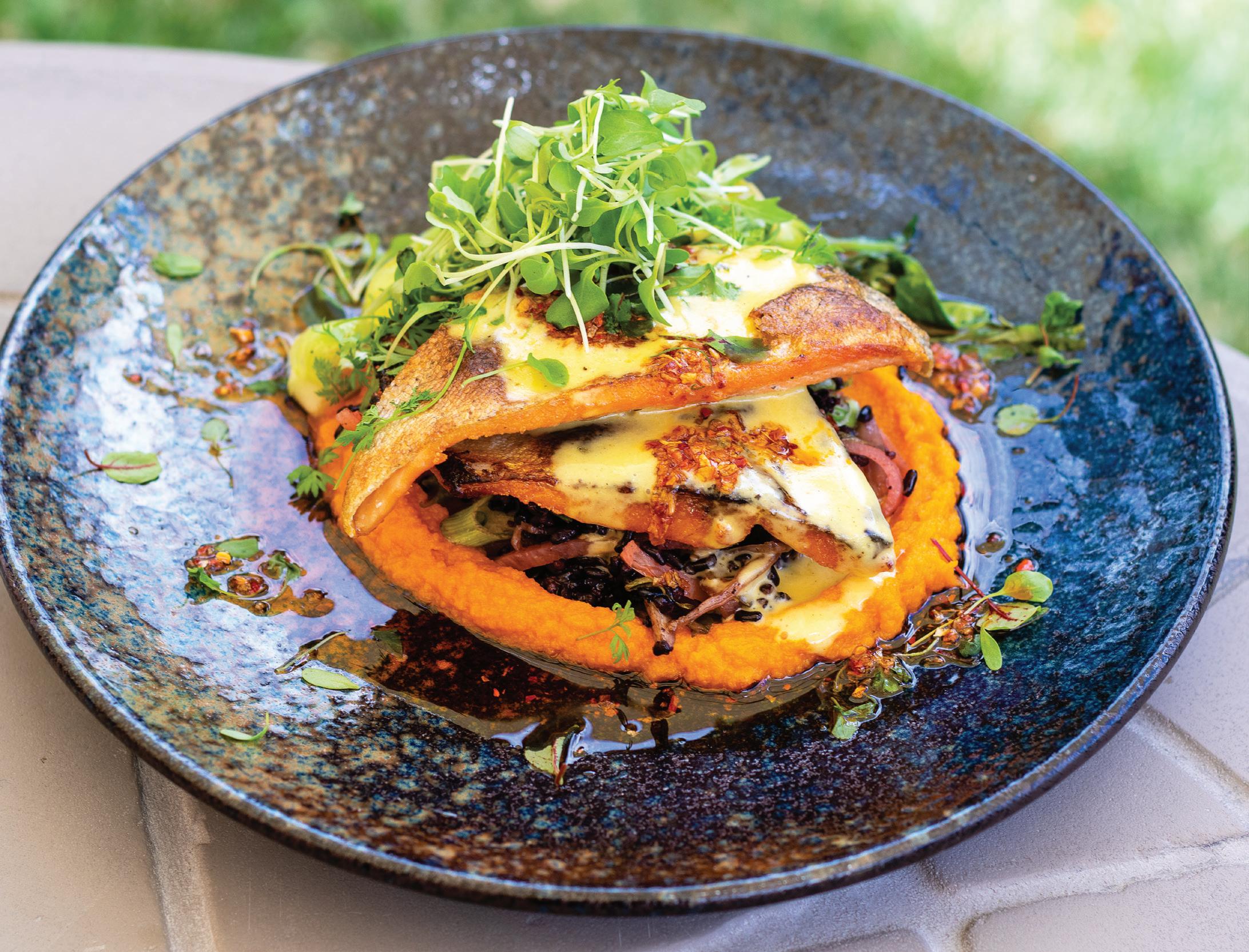
Anything else you’d like to share with edible readers?
Adopt, don’t shop. Be kind and patient with people in food and beverage!
317 Kit Carson Rd, Taos, 855-846-8276, elmontesagrado.com/eat_drink/de-la-tierra







PLANT-BASED RECIPES WITH AMERICAN ROOTS
Words, Recipes, and Photos by Lois Ellen Frank
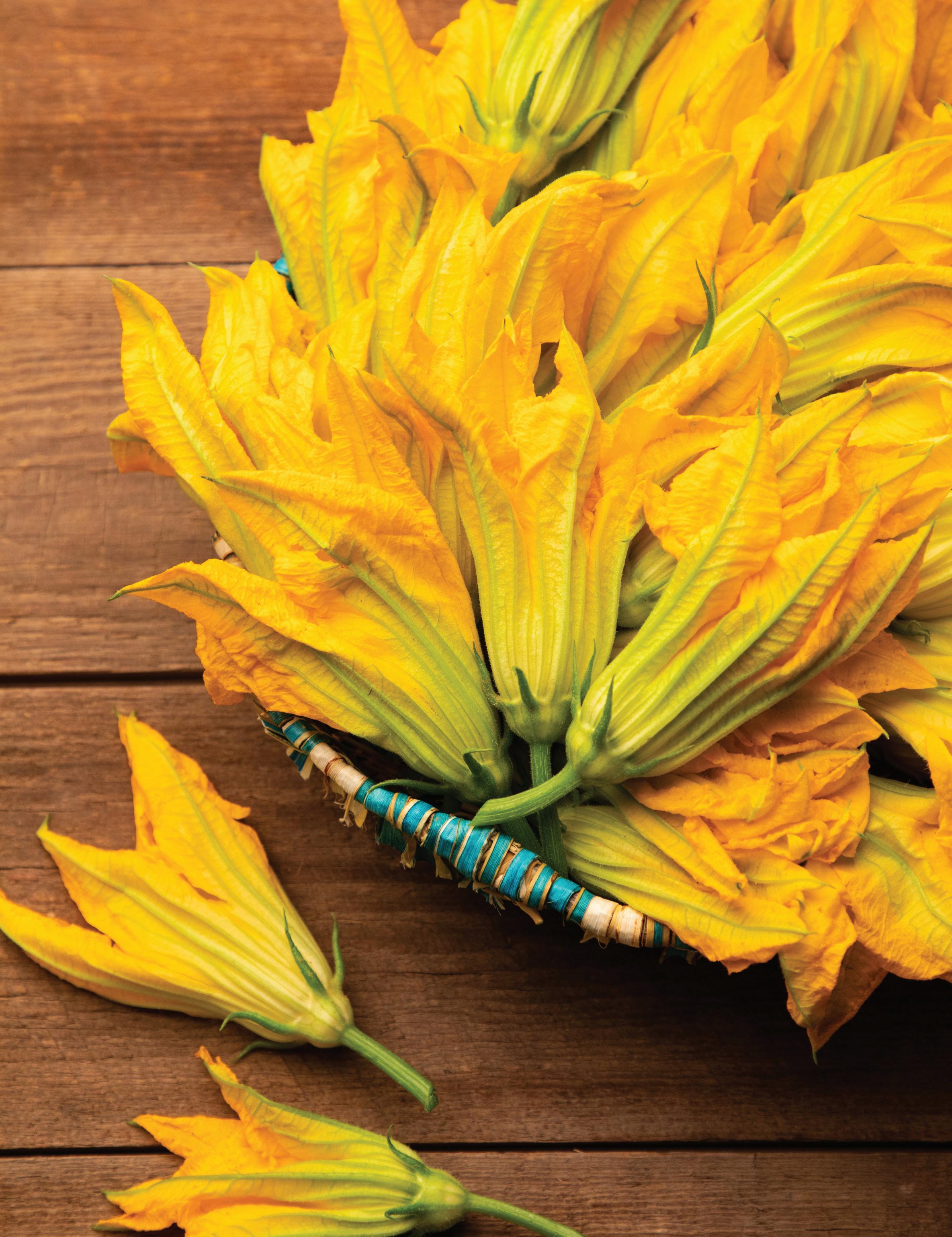
Food has always been more than something to eat. For me, food is the medicine that nurtures us all. Seed to Plate, Soil to Sky: Modern PlantBased Recipes Using Native American Ingredients (forthcoming from Hachette on August 29) is the story of eight plants that Native people gave to the world: corn, beans, squash, chiles, tomatoes, potatoes, vanilla, and cacao. Prior to 1492, these plants existed only in the Americas, and, I believe, are truly some of the most miraculous indigenous foods that originated on this continent. The traditional ecological knowledge surrounding their cultivation and preparation is both vast and extensive.
Now found in almost every cuisine all over the world, these “magic eight,” as I like to call them, have sustained Native American cultures for millennia. The foods and plants celebrated in this book were not only important in the past; they are crucial to the future. These food traditions are alive and vibrant, and their importance is realized by many different cultural groups that now share the Southwest.
I and Chef Walter Whitewater, with whom I creatively collaborate and cook at Red Mesa Cuisine, are passionate about cooking with ancestral Native American ingredients and educating people on the intersection of both food and culture. We believe food has a story of how it nurtured the ancestors and sustained generations, and these plants, including the Three Sisters (corn, beans, and squash), are integral to the foods we prepare for health and wellness at Red Mesa.
What Chef Walter and I have found is that many people want to incorporate more plants into their diets but were never taught how to cook them in new, fresh, and creative ways. We decided that we would work together on a plant-based cookbook with easy-to-follow, healthy, and modern as well as ancestral ways to prepare these nutritious plants. And so, each of the eight chapters in the forthcoming cookbook focuses on one of the magic eight plants, with recipes that range from savory to sweet, familiar to unexpected, and simple to complex.
Many people are unaware of the contribution Native people of the Americas have made to the foods they eat every day. In preparing these foods, we can revitalize everything associated with them. And when we feed people these sacred foods, we nurture them while still honoring the ancestors.
Here, in sharing a few recipes from the cookbook, we invite all of you to join us in celebrating these indigenous plants and to prepare some of the special dishes that feature them.
Squash blossoms are one of my favorite things to eat during the summer months. For several weeks each year, they can be purchased at farmers markets throughout the state. Native American communities learned to use the male squash blossoms to cook with because they never bear fruit and they have a long narrow stem and stamen. The female blossoms become the fruit, and they will always have a tiny fruit under the flower. They are not harvested in the flower stage to allow them to produce the squash fruits. As long as some
of the male blossoms are left in the squash patch for pollination, the bees will do the rest and the additional male blossoms can be harvested. The male blossoms are used widely throughout Mexico in a variety of dishes including quesadillas and soups; in northern New Mexico, they are primarily stuffed with cheese and batter-fried using heavy cream. This recipe makes a unique crispy, stuffed version of a dish that is traditionally not plant-based. Enjoy them while you can during their short summer season.
1 batch Lois’s Pico de Gallo, prepared in advance (below)
12–16 male squash blossoms (depending on size)
For the blossom stuffing:
2 teaspoons sunflower oil
1/2 small white onion, finely chopped (approximately 1/4 cup)
1–2 garlic cloves, peeled
1 New Mexico green chile, roasted, seeded, peeled, and finely chopped
1 vine-ripened tomato, seeded and finely chopped (approximately 1/2 cup)
1 teaspoon kosher salt
1/2 can (15.5 oz) organic great northern beans, pureed (approximately 2/3 cup)
For frying and for the batter:
1 liter (about 4 cups) sunflower oil
1/3 cup cornstarch
1 teaspoon baking powder
1/4 cup plus 2 tablespoons white rice flour
1/2 cup sparkling water, cold
First, blacken the garlic. Heat a small cast-iron pan over high heat until it is hot but not smoking. Place the raw peeled garlic in the pan and cook, stirring occasionally and rotating frequently, until the garlic begins to blacken on all sides (4–5 minutes). Remove from heat and cool, then chop finely. Preheat a medium cast-iron pan over medium heat until it is hot but not smoking. Add the sunflower oil and the onion and sauté for 3–4 minutes until the onions begin to caramelize. Add the chile and 1 teaspoon of the blackened garlic and sauté for another minute, stirring to prevent burning. Add the tomato and continue to cook for an additional 3 minutes. Add the salt and stir. Remove from heat, taste, adjust seasoning if desired, and then place in a small bowl and allow to cool to room temperature.
While the mixture is cooling, prepare the bean puree. Place the beans in a food processor and process until smooth. Then fold the onion mixture into the bean puree. Your mixture is now ready to stuff inside the blossoms. Each blossom should have the stamen removed (the stamens are edible, but I think they taste bitter). I make a single cut lengthwise to each flower so that it is easier to get the stuffing in.
Fill each blossom with approximately 1 tablespoon of stuffing mixture, then gently twist the flower at the top in a circular direction to seal in the filling. Set aside on a sheet tray.
Pour the oil into a deep saucepan or cast-iron dutch oven that is at least 4 inches deep so that the oil doesn’t splatter while frying. Because frying with oil can be dangerous, it’s important to note that whatever pan you use, you need to make sure that there is plenty of room up the sides of the pan to prevent oil from bubbling over. Over medium to high heat, heat the oil until hot but not smoking. You can test a little batter once the oil is ready to make sure that it is hot enough. The batter will begin to cook immediately, bubbling in the oil, and turn brown shortly after being placed in the oil. While the oil is heating, prepare the batter. In a medium mixing bowl, mix all the dry ingredients and then add the cold sparkling water. Using a whisk, stir to make sure there are no lumps. Then, one at a time, dredge each stuffed squash blossom into the batter so that it is completely coated. Then gently place in the hot oil and cook until it turns brown, for approximately 3–4 minutes. I use a spoon or round mesh kitchen skimmer (also called a kitchen spider) to immerse the stuffed blossom completely into the oil, making sure that it cooks evenly. Then remove it from the oil and place on a sheet tray covered with
a piece of paper towel to absorb any excess oil that drains off. Cook all the blossoms and then turn off the heat.
Place 3–4 blossoms onto each plate and serve with Lois’s Pico de Gallo. Serve immediately.


I love fresh salsa. It is one of my favorite things to eat with almost everything. It adds a nice zest of flavor to lots of recipes, and while I think every chef and home cook has a version of how to make this kitchen staple, this version is mine and I make it all the time. I serve it with many recipes in Seed to Plate, Soil to Sky, including Summer Fried Squash Blossoms.
Makes approximately 3 cups
2 large vine-ripened tomatoes or 4 ripened Roma tomatoes, diced (approximately 2 cups)
1/2 red onion, finely diced or minced (approximately 1/2 cup)
1 jalapeño, minced (approximately 2 tablespoons)
1 tablespoon blackened garlic
1/4 cup fresh cilantro, finely chopped
1 tablespoon plus 1 teaspoon freshly squeezed lime juice (approximately 1 small lime)
1/2 teaspoon kosher salt, or to taste
In a medium-sized mixing bowl, combine all the ingredients and gently stir together. Serve immediately or refrigerate for later use.
Note: The longer this salsa sits, the hotter it will get due to the chile. For a spicier salsa, you can increase the amount of jalapeño or add 1 finely chopped serrano chile.




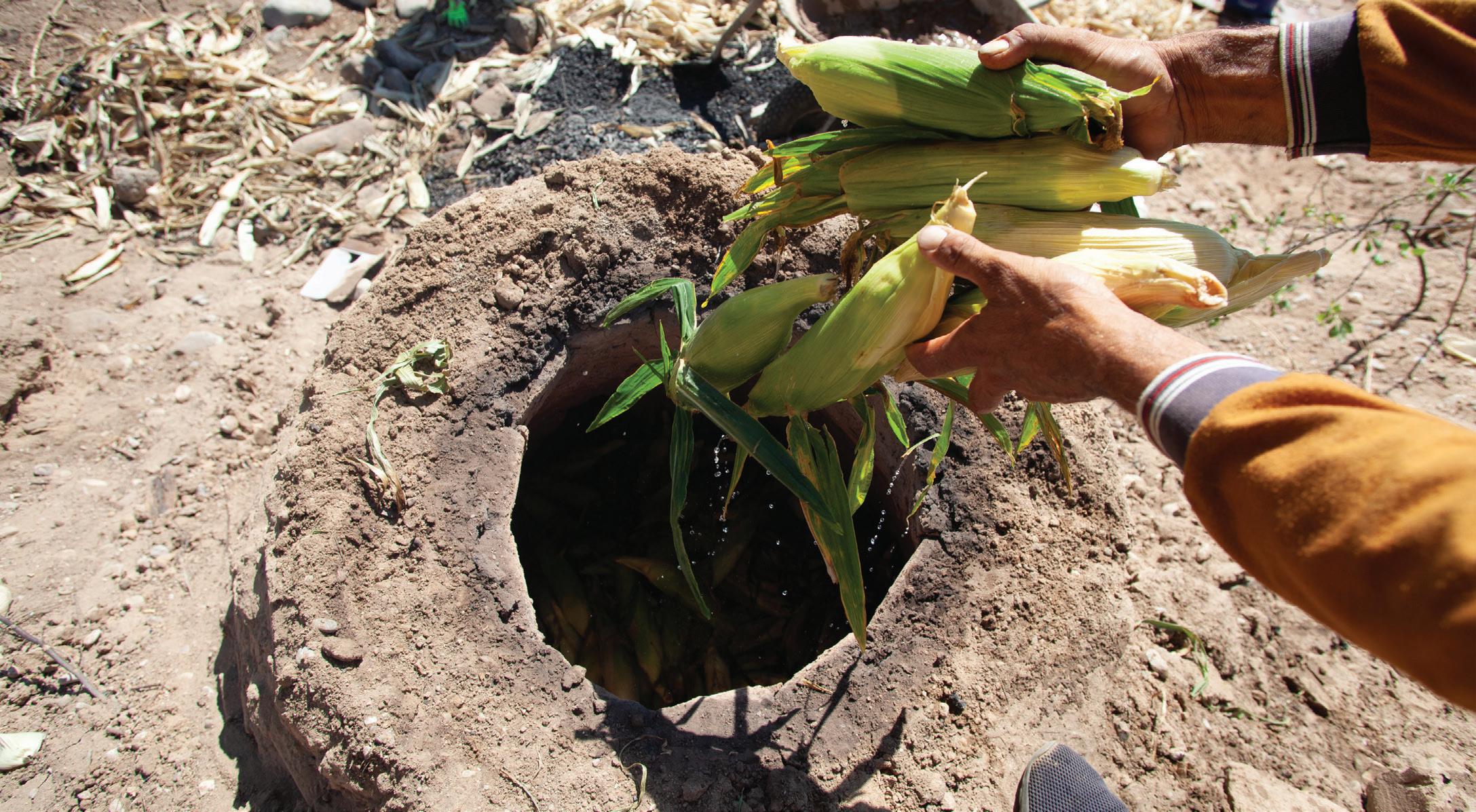
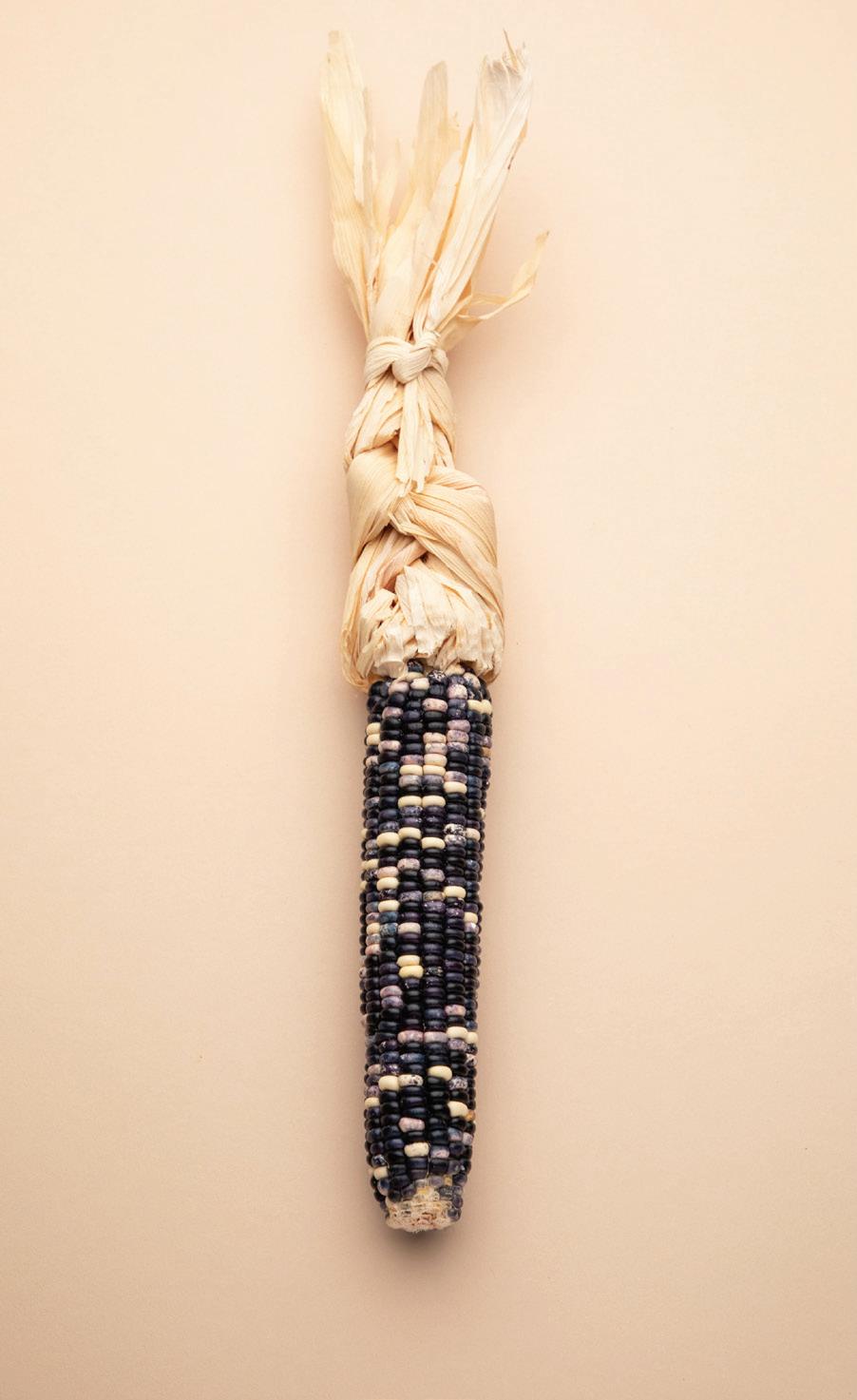
100% natural ingredients from around the world


A collection of artisan made products using natural materials, from cashmere wraps to

1610 Lena Street, Santa Fe | 505. 663. 7784 | LivingThreads.org
 alpaca throws, Oaxacan pottery, and fine art photography.
alpaca throws, Oaxacan pottery, and fine art photography.
Before there was refrigeration on the Navajo reservation, this dish was prepared and then put outside in the snow overnight. In the morning, kids would eat the frozen corn mush for breakfast. Chef Walter remembers his grandmother, Grandma Susie Whitewater Begay, making this for him when he was a child.
Plant-based Navajo cook Grace Tracy shared her version of this corn dish with me and said that it was a variation of a popsicle she likes. She said, “The elder teaching is ‘Ash repels evil, as it has spiritual significance to protect. White corn is our identity and a gift from the Creator.’”
The delicate flavor for this corn ice is lightly sweet from the corn and maple syrup, and the texture is a lot like shaved ice. For those of you with a sweeter palate, drizzle some additional maple syrup onto the plate when serving. This recipe was inspired by both Grace, whose recipe I adapted, and Chef Walter’s memory of this dish while growing up. Makes 3 5x8-inch frozen containers
2 cups finely ground white cornmeal
5 cups water
3/4 cup pure maple syrup, plus more for drizzling
1/2 teaspoon kosher salt
1/2 teaspoon culinary ash (optional)
Culinary ash dates back thousands of years and has been used by Native communities throughout the Americas for millennia. It is primarily made from shrubs and trees growing near or around the Native communities that use it. The Navajo primarily use juniper ash. Chef Walter Whitewater and his family have been using juniper ash in their traditional dishes since he was a little boy.
Juanita Tiger Kavena, author of Hopi Cookery, who has since passed, talks in her cookbook about the Hopi using the ash from corncobs, corn silk, and corn husks, as well as the four-wing saltbush (Atriplex canescens), which is also called chamisa. Her son, Wilmer Kavena Jr., whom I know as Chibbon (which is Creek for “little boy”), says
First toast the cornmeal. To do this, heat a large cast-iron skillet or heavy-bottomed pan over medium heat, then add the cornmeal and toast for around 10 minutes or until it turns a golden brown, stirring frequently to prevent burning and ensure that the cornmeal toasts evenly. The cornmeal will turn from a white color to a light brown. Remove from heat and reserve.
In a large saucepan over medium heat, bring the water, maple syrup, salt, and culinary ash (if using) to a boil. Whisk in the toasted cornmeal, lower the heat to a simmer, and cook for 30 minutes, stirring frequently with a heatproof rubber spatula or whisk to prevent burning.
After 30 minutes, transfer the mixture to a heatproof container or containers so that it comes up the sides approximately 1 inch. Let cool to room temperature before covering and freezing overnight. Place in an oblong, flat, hard plastic container so that it is easy to cut into small squares for serving after it has frozen, and then freeze.
Remove from the freezer and let thaw for approximately 40 minutes before turning it out on a cutting board and slicing into small squares. Serve with a drizzle of additional maple syrup if desired.
Note: I used three hard plastic to-go containers that were approximately 5x8 inches. One container served four people.
that the four-wing saltbush is the preferred bush for the Hopi but that ash can be made from burning any bushes. He prefers to make ash from the four-wing saltbush since these bushes are more alkaline and work better with the corn. And Brandon Baugh from San Felipe Pueblo, my student from the Indigenous Concepts of Native American Food class at the Institute of American Indian Arts, researched the use of ash in his community and at San Felipe Pueblo for his final paper and presentation, and found that in his community they use juniper, four-wing saltbush, and onion ash. Other Native communities all over the United States use various materials, including the ash from certain types of wood.
Culinary ash can be sourced from Shimà of Navajoland and Blue Corn Custom Designs, among others.
Our best-selling lavender bath and body products are now refillable, only at Town and Ranch. Bring your own eco-friendly container or purchase an elegant reusable glass bottle to fill up on your favorite artisan lavender products and shop hand-milled soaps by weight.
Town and Ranch is housed in a revitalized warehouse in downtown Albuquerque, home to our lavender production facility, gin distillery, lounge and a destination for New Mexican wine and spirits, artisanal market foods and lavender apothecary products. Reduce your environmental footprint, replenish your pantry or bar and relax with a craft cocktail – all at Town and Ranch.
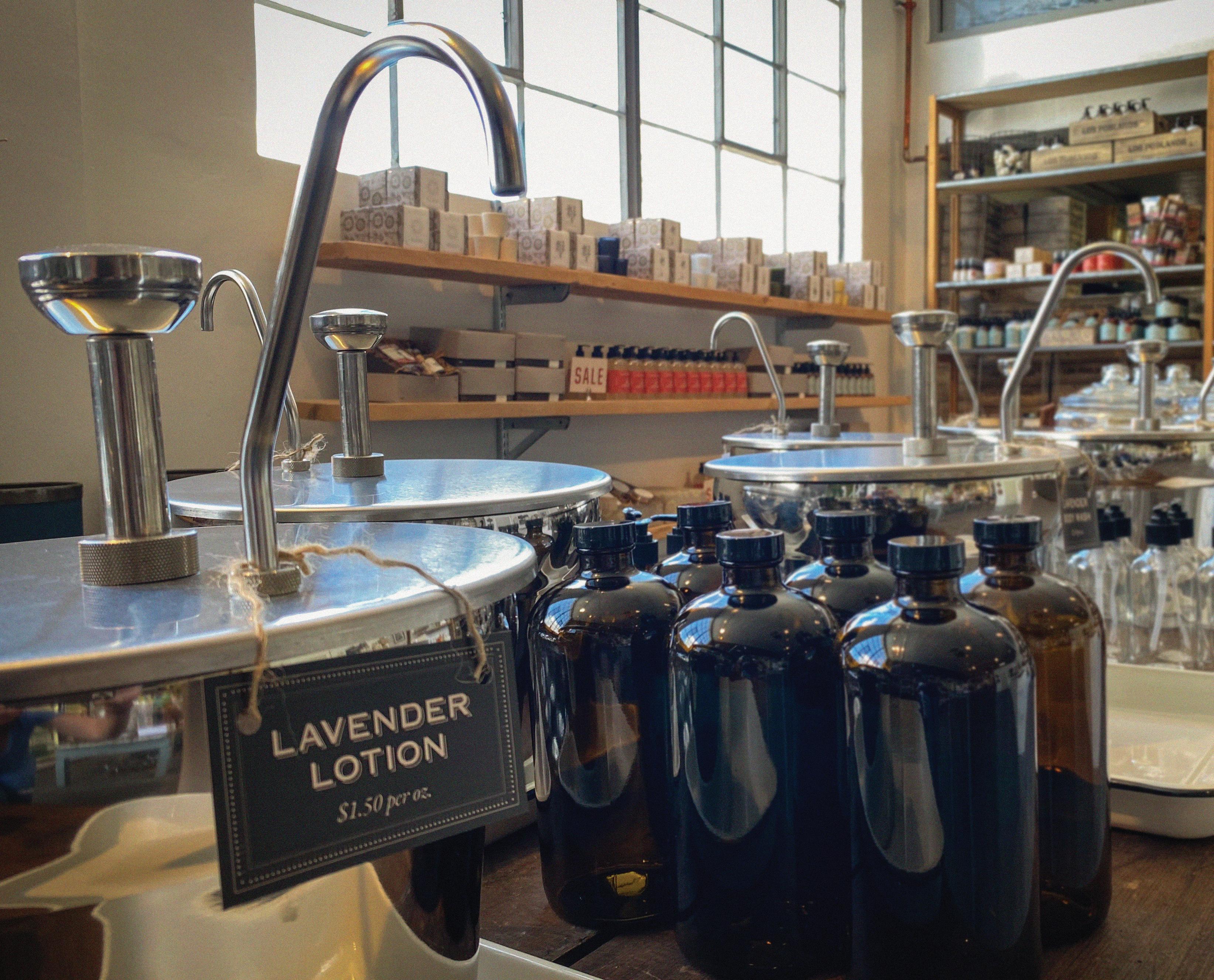

Trail mix is an easy and healthy way to have a snack that is not only nutritious but also very flavorful. The seeds, dried fruits, and chocolate may be what you expect; the red chile powder adds a spicy kick that complements the sweetness of the fruit and chocolate.
Makes 4 cups
1 cup hulled raw sunflower seeds
1 cup hulled raw pumpkin seeds
1/2 teaspoon sunflower oil
1/2 teaspoon kosher salt
2 teaspoons New Mexico red chile powder, mild
3/4 cup dried tart cherries
3/4 cup dried apricots, quartered
1/2 cup dark chocolate chips
In a large bowl, toss together the sunflower seeds, pumpkin seeds, sunflower oil, and kosher salt. In a large cast-iron or heavy-bottomed skillet over medium heat, toast the seeds until they are golden brown and crispy (about 15 minutes), stirring frequently to ensure they cook evenly and don’t burn. Transfer seeds back to the large bowl and allow to cool completely at room temperature.
Gently stir in the red chile powder, cherries, apricots, and chocolate chips. Store in an airtight container in the refrigerator for up to 1 month.
Excerpted from Seed to Plate, Soil to Sky: Modern Plant-Based Recipes Using Native American Ingredients by Lois Ellen Frank. Copyright © 2023. Available from Hachette Go, an imprint of Hachette Book Group, Inc. Reprinted with permission of the author and Hachette Books.
Our passion began a quarter century ago with distilling lavender essential oil and botanical hydrosols for our artisanal spa products. Now it has blossomed to include botanical spirits. Crafted by a team of dedicated farmers, gardeners, herbalists, distillers and mixologists, our new western-style gins are made with traditional steam distillation techniques and a blend of botanicals that express the flavor of Los Poblanos’ historic farm and gardens and the essence of the Rio Grande Valley.
Enjoy a signature gin cocktail at Campo, Town and Ranch or Bar Norte in Santa Fe. Available by the bottle at Los Poblanos’ retail locations and purveyors throughout New Mexico.
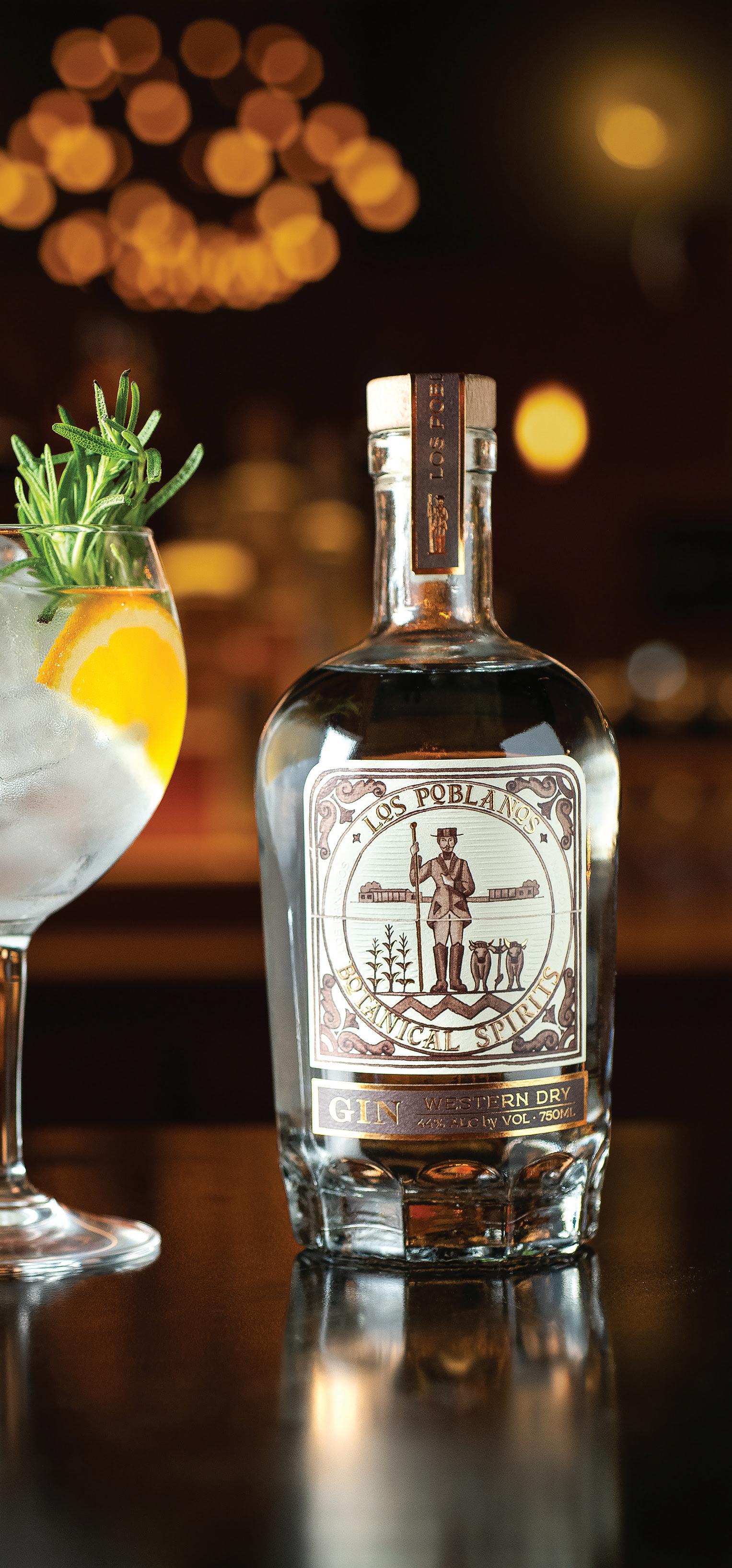
LOSPOBLANOS.COM

 Photo by Stephanie Cameron
Photo by Stephanie Cameron
Makes 8 wraps
These vegan lettuce wraps are scrumptious, light, and nutritious. For a heartier meal, mix the filling with black or basmati rice.
THE SAUCE
1/3 cup hoisin sauce
1 tablespoon peanut butter
1/2 tablespoon gochujang chile paste
2 tablespoons water
THE WRAPS
4 teaspoons sesame oil
4 cloves garlic, minced
16 ounces shiitake or maitake mushrooms, diced
12 Hakurei turnips, diced
1 teaspoon salt
2 tablespoons soy sauce

2 teaspoons rice wine vinegar
1 tablespoon honey
2 teaspoons gochujang chile paste
1 head butter lettuce
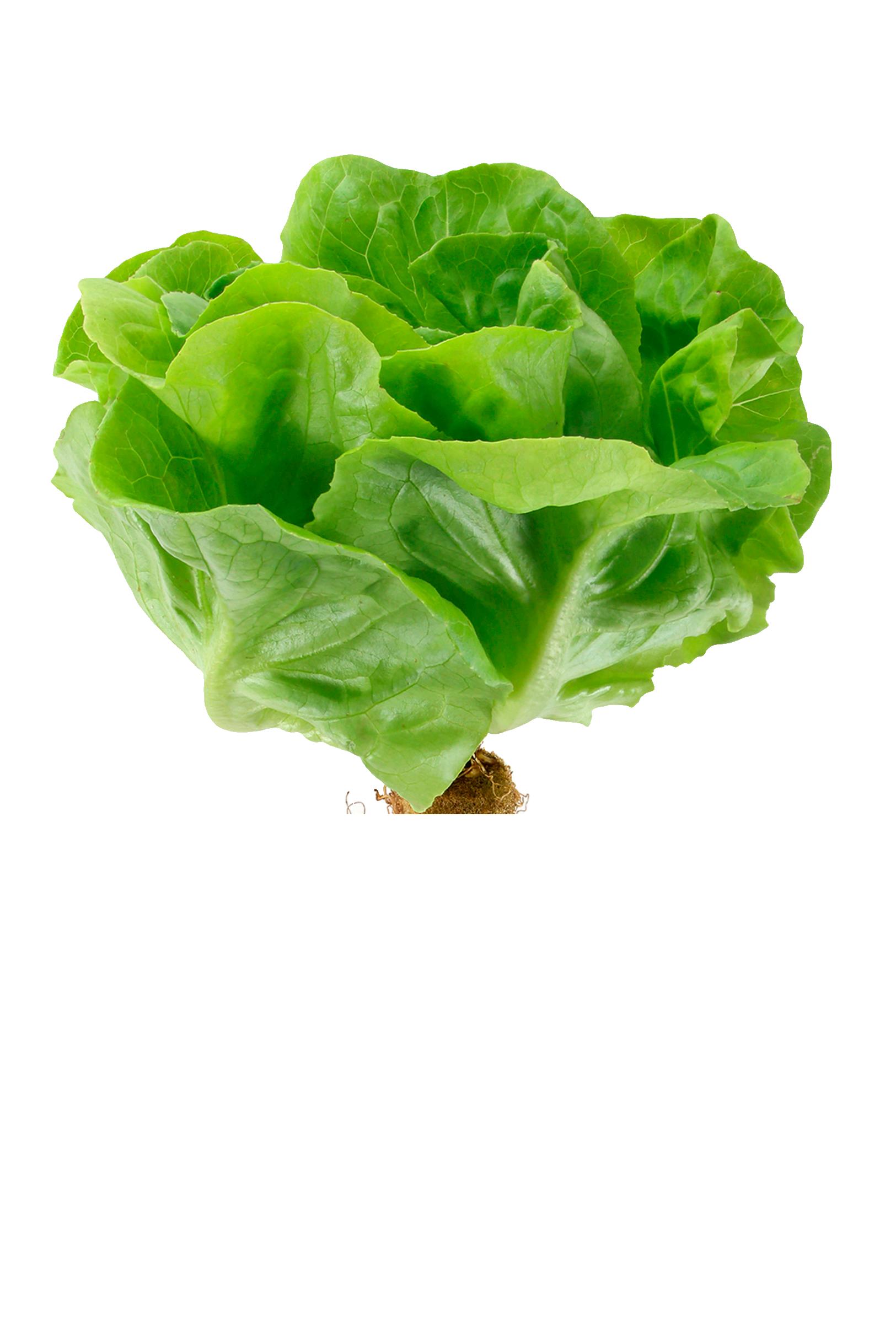

cook for approximately 1 more minute, until the mushrooms are cooked through.
Spoon some mushroom mixture into each lettuce leaf and serve with Hoisin Peanut Sauce.
*Sourcing note: La Montañita Co-op carries Silver Leaf Farms butter lettuce, which is the ideal size and texture for lettuce wraps.
Touring the Animas River valley from Durango to Farmington, you’re sure to see Siberian elm and Russian olive trees. If you look down, you’ve a good chance of also spotting common mallow. Russian olive and Siberian elm were planted extensively in the Four Corners region (and elsewhere in New Mexico) during the twentieth century. Wild mallow, native to Eurasia and North Africa, was introduced to the Four Corners area at some point prior to the 1950s, based on the
ethnobotanical record. All three are fast-growing, naturalized species that commonly spring up on roadsides, on farms, in yards, in gardens, and in other sites that receive water. Russian olives and Siberian elms, initially planted as ornamentals, soil stabilizers, windbreaks, and shade trees, now grow prolifically along waterways. Due to concerns that they crowd out native trees and plants, communities along the Animas (as along the Rio Grande) have made efforts to remove the

Whether you’re looking for plants that complete their cycle in a growing season, or that come back year after year, Payne’s Nurseries have been the trusted local plant experts for more than 71 years!






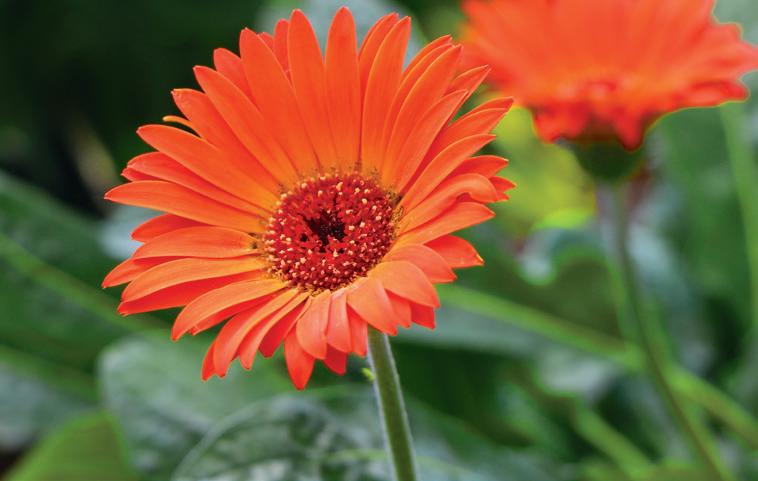





trees. But some ecologists believe that they aren’t going anywhere, because established land and water use practices have opened up niches for these non-native trees that native plants can’t tolerate.
Invasivores are folks who deliberately eat invasive species, sometimes with the aim of reducing their ecological impact. Harvesting Siberian elm, Russian olive, and common mallow for the kitchen isn’t likely to impact their populations here; nevertheless, they’re abundant, free, and nutritious sources of wild food, so why not eat them?
Collect the ripe fruits and let them dry for a week. Using a sharp knife, carefully remove the seeds. Grind the flesh and skins into flour using a coffee grinder or blender, and sieve it through a fine strainer. Preheat the oven to 475°F and lightly grease a mini-muffin pan. Combine flour with other dry ingredients. Add liquid ingredients and whisk to mix. Distribute 1 1/2 tablespoons of mix per muffin cup. Top with a pinch of brown sugar and bake for 20–25 minutes. The recipe makes 16 mini-muffins.They’re great with breakfast or as a quick snack.
Russian olive (Elaeagnus angustifolia) is a small, thorny tree with narrow, silver-green leaves and dark bark. The fruits—resembling olives—ripen in late summer and fall, turning from green to orangishor reddish-brown. They’re mildly sweet, quite nutritious, and rich in antioxidants. Although dry and mealy, they make a flavorful jam or tea. I like to process them into flour for baking, where they add an apple-like flavor and a pleasant texture.

About 30 Russian olive fruits (enough to make 1/2 cup flour)

1 cup rolled oats
1 1/4 teaspoons baking powder
2 teaspoons brown sugar
1/2 teaspoon salt
1/2 teaspoon cinnamon
1 egg
1 cup full-fat milk
1/4 teaspoon vanilla or almond extract
Brown sugar, to top
The furrowed brown-gray bark and deep green, serrated leaves of Siberian elm (Ulmus pumila) are a common sight throughout the Southwest, where they shade plazas and parks, line roadways, and pop up on the edges of farm fields. Siberian elms are among the larger deciduous trees in the Four Corners region. Their size and sweeping branches make the trees easy to spot, especially in spring, when they’re covered with neon-green (and tasty) seedpods, known as samaras.
In spring and summer, I harvest the tender inner bark from saplings or from recently downed branches or trees and separate the inner bark from the outer bark. After the inner bark is dried in strips, it’ll keep for two to three years in an airtight jar. The subtly sweet inner bark is rich in mucilage, a complex carb that the gut flora converts into nutrients that improve gut integrity and provide other nifty health benefits. If you’ve ever eaten okra, you’re familiar with mucilage, which is a great thickening agent for soups, stews, and sauces. A soothing tea of the inner bark also quenches thirst on hot summer days. However, my favorite way to use it is as a powder that can be added to smoothies.







1 tablespoon dried, powdered Siberian elm inner bark
1/2 banana, frozen
1/2 cup berries (of your choice), frozen
1 cup water
1 tablespoon full-fat coconut milk

Dry Siberian elm inner bark using a dehydrator, or place thin strips in a single layer on a cookie sheet or hang in small bundles until dry (about 10 days). Powder your dried Siberian elm inner bark in a coffee grinder or blender. Combine 1 tablespoon of the powder with remaining ingredients. Blend until smooth, and enjoy.
1 1/2 tablespoons kosher salt
2 cups water
1 cup green mallow fruits, washed Dissolve the salt in the water in a sterilized canning jar. Add the washed green fruits; they should be completely submerged in the brine. Cap with a fermentation top, or else open the jar lid once each day to release the gas produced by fermentation. Let them ferment at room temperature for 5–7 days, then store in the fridge, replacing the fermentation lid with a regular plastic lid. (The brine can corrode a metal lid.) The “capers” are best after two weeks in the fridge and can be stored for up to two months as long as they remain submerged in brine.
Common mallow (Malva neglecta) is a popular wild food around the globe. It’s a low-growing annual or biennial with roundish, lobed leaves and whitish-to-pink flowers decorated with fine purple stripes. The fruits are shaped like cheese wheels, hence another name for the plant: cheeseweed. The leaves are a vitamin C bomb and are a good addition to salads, smoothies, sandwiches, soups, and stews. Like Siberian elm inner bark, mallow leaves are a great thickening agent due to—you guessed it—mucilage. (The aforementioned okra is also in the mallow family.) The nutty-tasting fruits show themselves from summer through fall and can be eaten straight from the plant while they’re still green. I enjoy them prepared like capers.
Words to the wise: be certain of what you’re harvesting before you eat it. Also, mallow and Siberian elm are “accumulators.” Mallow accumulates nitrates from nitrogen-rich soils, so don’t forage where there’s agricultural runoff. Both mallow and Siberian elm concentrate heavy metals from polluted soils and waterways. Such metals can come from mining operations, coal burning, and agricultural practices. Again, be mindful of where you forage. Finally, separate your mallow meal or Siberian elm smoothie from taking medications by a couple of hours due to the theoretical potential for mucilage to reduce drug absorption. (Such interference has not been demonstrated, but it’s better to be cautious.)
These plants are a good introduction to foraging in the Four Corners region in a way that respects native ecosystems. Visit swcoloradowildflowers.com for more detailed descriptions of these and other plants endemic to the region.





Sedona, Arizona, is world renowned for its natural beauty, most notably its stunning red rock formations. In recent years, however, the tourist town and surrounding area has also become a popular destination for food and drink lovers. From Sedona’s 2023 James Beard Award semifinalist, The Table at Junipine, to the twenty-five wineries located along the Verde Valley Wine Trail, there are plenty of places to grab a refreshing beverage after a long day of sightseeing. Here are just three of my favorites.
When deciding where to go for drinks in Sedona, it really is all about that view. Arguably, Mariposa Latin Inspired Grill has the best in town with a large back patio that provides a nearly panoramic look at the mountains. Enjoy a breathtaking sunset while sipping on the restaurant’s signature cocktail, the Mariposa. This sweet and spicy spirit consists of Corazón Tequila Blanco, ancho chile liqueur, mango puree, lime juice, and a fresno chile garnish.

The Verde Valley area just southwest of Sedona has been dubbed the “Napa Valley of Arizona” for its numerous vineyards, wineries, and tasting rooms. The region’s high elevation, hot days, cold nights, and verdant river basin make for favorable grapegrowing conditions. But it wasn’t until fifteen years ago that the local wine scene really took off, with help from an unlikely grower and champion—Maynard James Keenan, lead vocalist for the iconic nineties metal band Tool. Keenan owns multiple Arizona wine-related businesses, including Caduceus Cellars, Merkin Vineyards, and Merkin’s restaurant / wine bar Osteria in Old Town Cottonwood. At Osteria, try a glass of Merkin Vineyards’ perennial table wine, Chupacabra. This “shape-shifter” red blend changes slightly from year to year, but is usually a mix of grenache, mourvédre, syrah, and petite sirah. Recent incarnations
have been juicy with notes of leather, warm spices, and dark fruit.

Nestled high atop Cleopatra Hill overlooking the Verde Valley, Jerome is a charming former copper-mining town with a small but lively gallery and restaurant scene. Its historic buildings are said to be haunted, but many are also home to other kinds of spirits. Bars range from dives, such as the longtime biker hangout the Spirit Room, to more upscale offerings. The new Clinkscale Bar & Grill blends industrial elements with timeless touches of wood, brick, and leather, and features a long but cozy central bar area. Cocktail selections include slight spins on classics, like the hibiscus margarita and manhattan with walnut bitters. They also boast several organic liquors and ingredients, such as those in the Harvey Wallbanger—organic vodka, organic orange juice, raw honey simple syrup, Galliano, and citrus foam.
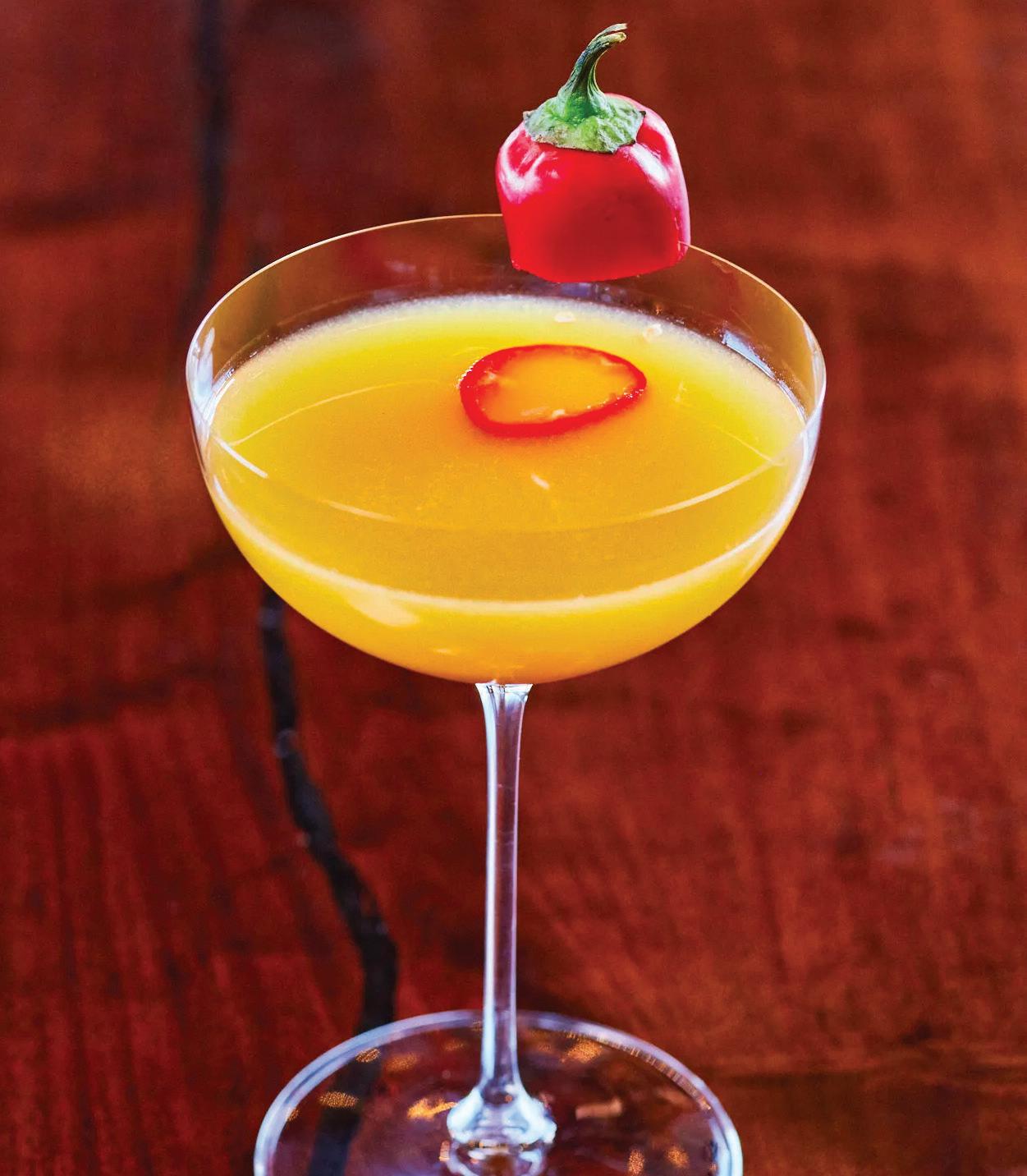



From the moment my interview with M. Karlos Baca (Diné/Nuchu) began, I knew my job wasn’t to weave his words into a story but to create space for him to speak. I reached him at his home on 4th World Farm on the Southern Ute Nation, and we struggled through the challenges of modern communication while discussing his socially and spiritually engaged work with food.
As the founder of Taste of Native Cuisine and cofounder of the I-Collective, Baca has been at the forefront of Indigenous food advocacy. Created in 2017, the I-Collective

creates a platform and network for Indigenous youth, women, and two-spirit chefs, activists, herbalists, and seed and knowledge keepers. A respected chef, Baca is also the lead writer for A Gathering Basket, a virtual cookbook created by the I-Collective, featuring digital issues with essays, webinars, videos, recipes, and more.
Since leaving the culinary world, Baca has wholeheartedly embraced his calling to return home to the Ute Nation in presentday Mancos, Colorado, and bring with him the plants, which bring the insects, which bring the animals that once flourished in
this area ten miles from the ancient city of Mesa Verde.
Today this three-acre farm is an “Indigenous seed bomb,” he says, “putting back Indigenous pieces of the puzzle all over the valley.” Flanked on all sides by commercial agriculture, 4th World Farm is a thriving ecosystem for eighty-three Indigenous plant species.
So, what is his role in all this? To listen, he says. “Listening has created regrowing the soil. Planting the water, and re-Indigenizing this entire landscape.”







You have to first have an education on what Indigenous means. Indigeneity in and of itself means “of place,” but then on a deeper level, what does being of a place mean?
I usually describe it as this: in the same way that you treat your lover, your husband, your wife, your children, your grandparents, that same tenderness, love, emotion, and caretaking that you have for them is the same that you need to have for the land.
It’s deeper than just what our ancestors subsisted off of. It’s not just food. It’s not just this objectified thing the Western society has put in our minds as something you do three times a day.
Precolonial, while it seems to be relegated to the past, is actually the answer. It’s what us, as a people, have to immerse ourselves in. It’s what re-Indigenizing really means.
Precolonial food is more than what you eat, it’s the nourishment that you get from actually being part of the system, from being a part of the ecology of where you’re from.

We’ve been on these lands since creation, and our people starve on the lands that we come from.
There are enough uranium and coal mines that you can’t gather and eat from many places anymore, but for the most part, nothing went anywhere. Only we did.
It’s been programmed into us for over a hundred years that everything about the way we existed is wrong. As long as we continue to believe what the colonizer told us, we’re not able to step out of that system.
There’s a whole conversation to be had about parts of our health that have been removed from us, as Indigenous people. It also has a lot to do with our cooking, like cooking our food straight in ash, and what that adds. Or our grinding stones, and how the stones’ minerals actually get into our foods.
What does it mean to remother? To refeminize? To rematriate? As a man, I have to look in the mirror and really understand what my obligation to rematriation is, because it’s a beautiful thing.
In the United States, and not just within Indigenous communities, but Indigenous communities in particular because we’re such microcosms, the divide in information between the youth and the older ones is so vast that we’re creating a vacuum.
The elders are displacing this information from the youth and the youth are so far away from the information of our elders that there’s this vacuum effect that’s happening, and we need to figure out a way to bridge that.
That’s what 4th World Farm is for. This is part of the creation story of this place, that you can create an ecosystem to have those conversations. We host youth and elders here all the time.


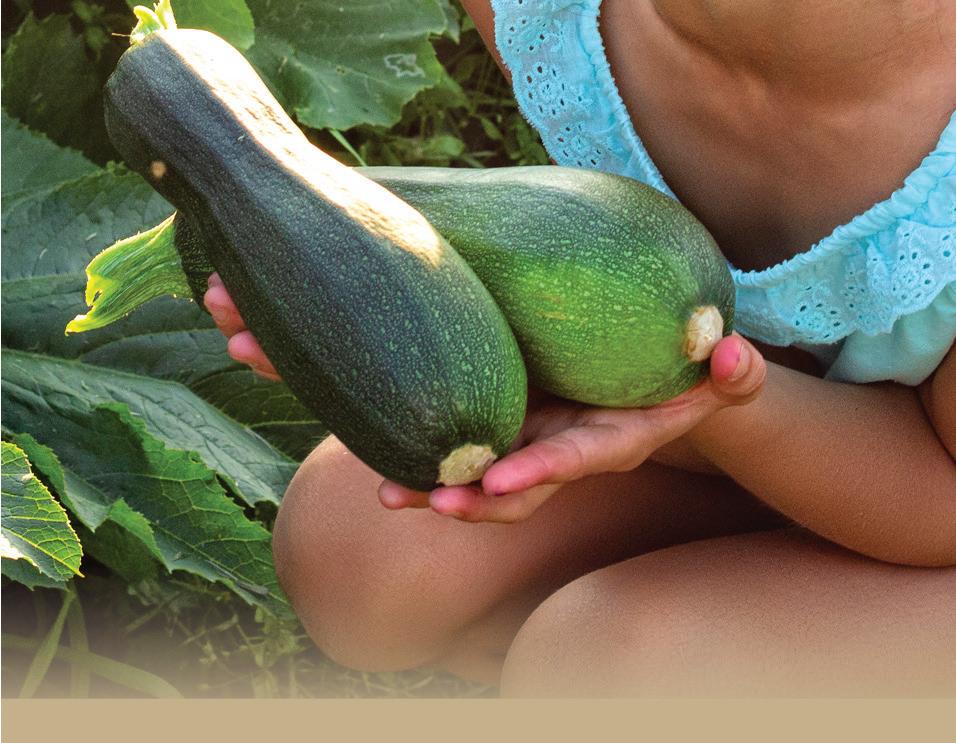







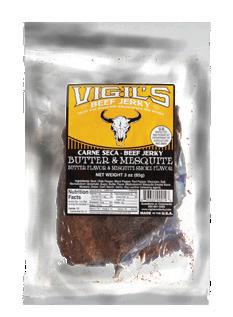
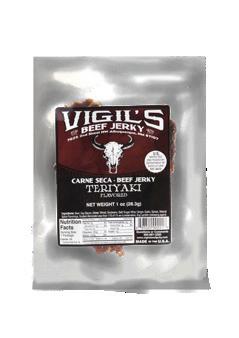









Last fall, we managed to get fifty kids from DEAP [Dził Ditł’ooí School of Empowerment, Action & Perseverance, a public charter school] here to the farm. We all went up on Dibé Ntsaa and learned about plants and medicines. Then they sang a song, and I was sitting there contemplating, when was the last time there were fifty kids on this mountain singing a song? This place is a bridge for that to happen.
In order to plant the water, you have to stand in the rain. You have to watch where that water is going, and you have to see if that water is being wasted or if it’s doing something beneficial. You can plant that water where it’s going to be the most beneficial to the land.
Here at the farm, I plant in two directions, understanding that we’re at a crossroads with climate change, and the fact that we’re in our twenty-third year of drought here in the Four Corners. I plant in one way for drought, and then I plant in another way for the opposite, because climate change doesn’t necessarily mean desertification.
Everything I’m growing has to fit in a ninety-day growing season. It has to deal with extreme heat and extreme cold every day, with extreme wind every day. I grow an eighty-day white shell corn that holds genomes from one of the last corn varieties from Mesa Verde. There are only a handful of that variety of corn in existence.
The way I learned about this corn is through star ways. It has to do with constellations, and it was a ceremonial corn.
It’s a corn that took me over a decade to source from three families— two families on Navajo and one family from Taos. I sourced nine or ten seeds, because that’s how close to extinction it was.
Braiding the Sacred (a movement of Indigenous corn growers and knowledge keepers) is getting ready to rematriate it along with fourteen corn varieties; some that haven’t been seen since the eighties, are coming back home. They’re coming back to fields and they’re coming back to people that understand what our future looks like. They understand the water’s disappearing, they understand our health is in crisis as Indigenous folks pretty much across the board.
People are always talking about permaculture, which is just Indigenous knowledge that’s stolen from us and sold back to people. People that aren’t of this space endlessly objectify Indigeneity.

But the majority of invasive (foreign) species that are here, whether it’s culinary sage or rosemary, came here with people that practiced their food and medicine ways. So, if you want to help the environment, and help the re-Indigenizing of this space, those plants can help take you home because those are your people’s plants.
They came here as medicines, and they came here with medicine people in some cases. If [non-Indigenous people] want to find some rootedness, I would say it’s through those plants. Because someone brought their roots with them there’s an opportunity to have that oneness with the land and those beings.
instagram.com/4thworldfarm, icollectiveinc.org





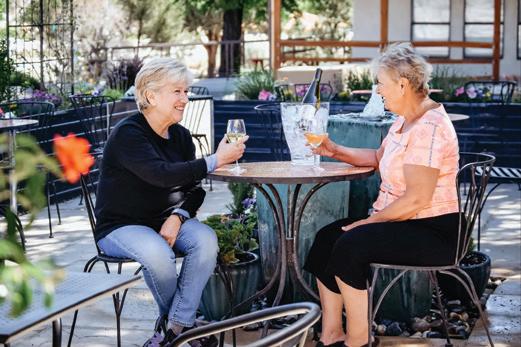

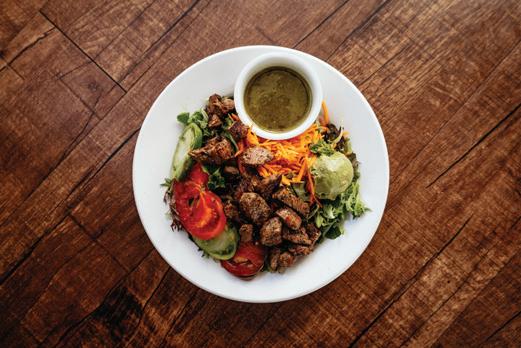


Photos by Stephanie Cameron
Poised at the farthest reaches of northern New Mexico, surrounded by dramatic desert, is Wines of the San Juan winery. Nestled at the base of imposing sandstone bluffs that glow red at sunset, this lush oasis is well worth the journey to find it.

The story of Wines of the San Juan starts with a cowboy from Durango, Colorado. David Arnold’s journey is unlike that of any other winemaker, with his careers evolving and changing as he and his wife, Marcia Arnold, grew their family.
From being a smoke jumper to training horses to having a dairy farm, David has reinvented himself many times over. In 1999, with no formal education in winemaking or viticulture, he remade himself, once again, as a winemaker, and, with Marcia’s help, transformed the unyielding plot of land where the winery is located into a magical retreat. They planted a five-acre vineyard and crossed their fingers. Meanwhile, Marcia’s eclectic eye for colors, textures, and layering design elements resulted in an atmosphere no one can resist.




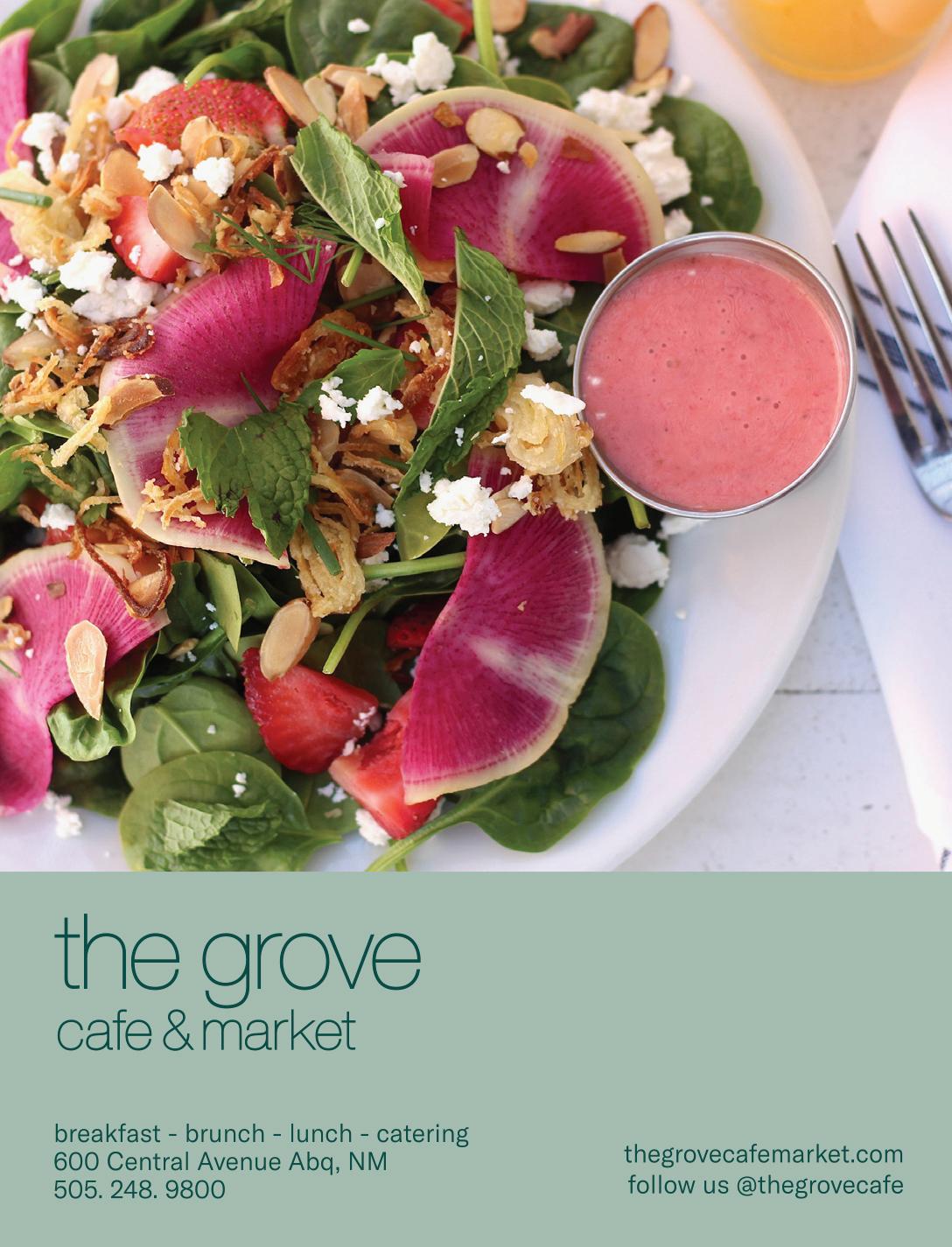
Originally selling wine out of their single-wide trailer home in the shade of enormous cottonwood trees, the Arnolds crafted a lifestyle, not simply a winery. As their business grew, they harvested and hand-milled all the wood for each addition. Relaxing into the beautiful expanse of the scenic property, you can see, and more importantly feel, the attention to detail and the patience they invested to lovingly create the world around you. With today’s aesthetics, where rusted metal and clever kitsch are idealized, you might think Wines of the San Juan planned this look, but they aren’t trying to be anything other than themselves; there is no gimmick. They are what they appear to be, which for me is charm personified. The old trailer, now filled with wine apparel and fun trinkets, is still used as the tasting room in cold months, and is surrounded by a porch with gardens where wine is served the rest of the year. Mismatched tables and chairs are tucked in here and there, each one creating its own unique hideaway and giving the space a choose-your-own-adventure feeling that might make you want to try out every single spot. Grass stretches out in all directions, mingling with flower-lined paths that lead to a back pond and a peacock pen.
As irresistible as the grounds of the winery are, it is the wine being produced there that truly deserves attention. Josh Arnold, the Arnolds’ son and head winemaker at Wines of the San Juan since 2013, grew up in the winery, and, like many New Mexico winemakers, is self-taught.


Josh is meticulous, curious, and passionate about learning every aspect of crafting a beautiful wine, or as he puts it “stopping time.” He says, “You are popping a moment in time [when you open a wine]; that’s what happens here.” And with his wines, it certainly is a moment you never want to end. On a late-spring visit, having climbed into a giant chair crafted of reclaimed wood, I found myself sipping their Library 2010 Tempranillo, its maturity showing with raisined fruit notes, surprising bright fresh berry on the palate, and perfect acidity to balance its moody tannins, and watching as my husband and teenage daughter played on the swings that dangle from the network of branches overhead, appreciating the ease and serenity that takes over at the Arnolds’ place.
Brittny, Josh’s wife, has assisted in marketing and publicity for the winery, including redesigning the labels with some of Josh’s incredible artwork. Her fiery personality coupled with a clear vision for the future makes for dynamic branding, while the wines stem from Josh’s artistry. There’s the Refosco Rosé (bright and flirty with a floral note and citrus finish), the Tribulation Reserve (a rich, seductive red) and the Tribulation Rosé (a delightful rosé that harnesses the power of baco noir), as well as the masterful Cabernet Sauvignon (made from juice split into two different lots, aged with distinctive oak treatments, and then blended back together), which I sampled from the barrel. These are professional, serious wines without any arrogance or snobbery. The fruit




comes predominantly from vineyards in Deming, but it is important to note that the French hybrids planted in the winery’s Estate Vineyard have been teased into incredible wines, a talent that is rarely seen with non-vinifera grapes. Josh’s wines are clean (without faults), with intricate layers of complexity that can be easily enjoyed by the casual connoisseur yet also stand up to wine judge scrutiny.
Wines of the San Juan offers a diverse selection of wines with something for everyone (including lovers of lavender!), and for those who prefer malt and hops, they serve a variety of New Mexico beers. They have an incredible partnership with Pioche Food Group, offering wine pairings with the group’s frequent multicourse Native American dinners in the area, not to mention live music on Sundays and a summer schedule of festivals and events right at the winery. Their location also provides delightful escape from the blistering heat of southern and central New Mexico, making Wines of the San Juan a must-do staycation destination!
One hour from Durango, Colorado, thirty-eight minutes from Farmington, and only seventeen minutes from the nearest town of Bloomfield, you have the option to stay in a nearby hotel and make a day trip out of visiting the winery. Your visit should also include seeing incredible stone arches, visiting historic sites with wonderfully preserved petroglyphs, playing in Navajo Lake, or cruising the desert on mountain bikes. My favorite approach is to trailer to the winery and camp for a night or two (full hookups are available and affordable). This area happens to also be one of the top five places in the world for fly-fishing (clue to the wine label imagery), and the dive bar down the street, The Sportsman, is where I had one of the best green chile cheeseburgers in my life. Pro tip: make sure to order the swoon-worthy tater tots instead of french fries.




233 Hwy 511, Blanco, 505-632-0879, winesofthesanjuan.com




 Overlook of the San Juan River and Farmington. Photo by Mona Makela.
Overlook of the San Juan River and Farmington. Photo by Mona Makela.
Words and Photos by Alexandria
Bipatnath“IIn the midst of the Bisti Badlands and iconic eroded rock formations, Farmington has one of the most unique sceneries in the United States. Known as Tòta by the Navajo people, meaning between the waters, the small city is the meeting place of three rivers: the San Juan, Animas, and La Plata. If you’ve been looking to delve more into Native American cuisine, Farmington is just the right place to get your mouth watering and thirst quenched.

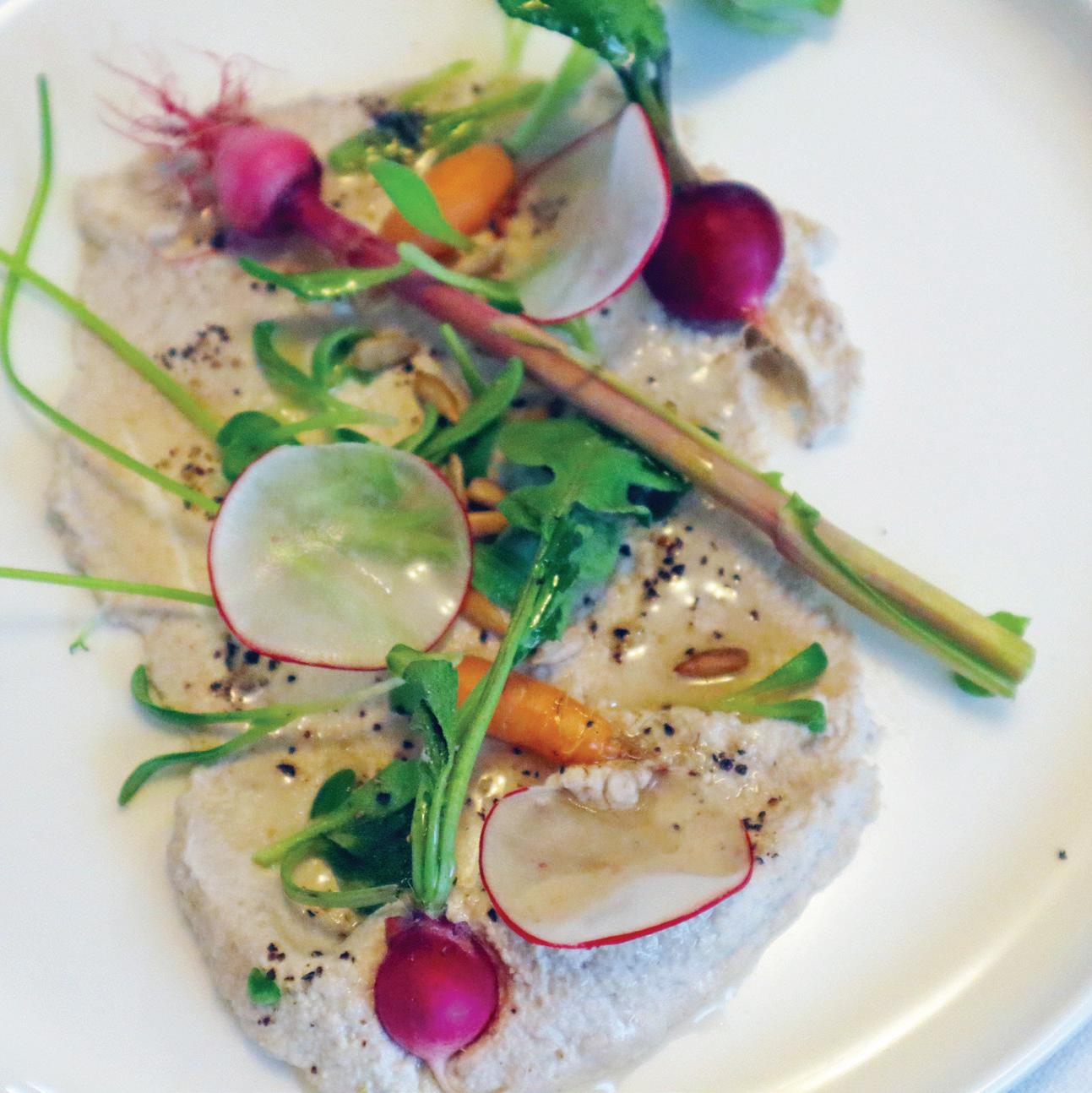


Various locations in and around Farmington, 505-258-2907, piochefoodgroup.com
In March 2023, two years after creating Pioche Food Group (pronounced pie-oh-chee ) in partnership with his sister Tia Pioche, Justin Pioche was nominated for Best Chef: Southwest in the James Beard Awards. The duo’s innovative approach to food takes them on culinary adventures all over the country, providing their unique food experiences and outstanding hospitality in locations from New York to Wisconsin to Alaska. They also host frequent private dinners in the Farmington area, serving up fresh seasonal menus without replication, allowing their guests to truly immerse in their distinctive culinary experience.
“I showed interest in food a long time ago when my grandma had a little farm at her house,” Justin told me. “I remember her making a dish in particular. I watched her standing in front of the stove. She took peas from her garden and made a soup out of it. Then she made fresh fry bread on the side. I just remember that soup being so scrumptious and full of umami—then the hot, crispy fry bread that had salt on top. I remember taking that fry bread and dipping it into the soup and biting it and boom, everything made sense. The fat, the salt, the sweet from the peas, it was beautiful. That’s just when I knew, I like food.”
When Justin was twelve, he began peering through his mother’s cookbooks and started to experiment. By the time he was eighteen, he had his culinary beginnings working as a line cook at Fuddruckers in the Phoenix area, where he would eventually attend the Arizona Culinary Institute. He was employed at a mom-and-pop restaurant back in Farmington when an unexpected introduction to British celebrity chef Robert Irvine changed the direction of his culinary career forever. Irvine made a phone call to American chef and television personality Beau MacMillian, and Justin went on to work with Chef MacMillian’s catering department at the Sanctuary in Paradise Valley, Arizona. He later worked for renowned Phoenix chef Kevin Binkley, learning modern techniques in molecular gastronomy, such as spherification and the use of liquid nitrogen. With an unexpected move back home to Farmington, he found that there weren’t any restaurants in the area that would allow for the same creative outlets that he had just experienced in Phoenix. He got hired as a line cook at Texas Roadhouse, where he repetitively cooked the same things. “I don’t like sticking to the same menu—it sucks you know,” he told me. In desperate need of an outlet, he began to get creative in the kitchen that he worked at during their downtimes, ultimately sparking his interest in food again.
In admiration of her brother, Tia wanted to be a chef from when she was in fourth grade. And around 2005, during the early years of Justin’s first catering company, Tia would help her brother by serving and cooking. Having spent numerous years at Texas Roadhouse working in every hospitality position, she began refining her customer service skills through observation of the high-end restaurants she and Justin would visit. She knew she had a love for people and wanted to
bring her skills to Justin’s team—to be his right hand, managing front-of-house operations while Justin was in the back-of-house focused on food prep and cooking. With an eagerness to learn more about the culinary world and bring more to the Pioche Food Group, Tia cooked for a while alongside Chef Brandon Gauthier at Confluence in Phoenix. “So, Tia is not only the general manager of the Pioche Food Group but also a chef through her hard work and dedication to the culinary craft,” said Justin.
Pioche Food Group had its humble beginning serving three dinners to raise funds for a trip to Israel. “We did a seven-course dinner that was a big hit the first time. We just loved it and fell in love with the idea of hosting these dinners, which is very different around here in Farmington, New Mexico, where you don’t get this type of experience, let alone with Navajo food incorporated in it,” Tia told me. After hosting their first dinner at a local bed-and-breakfast, which later extended to hosting their multicourse dinners at Juniper Coffee & Eatery, Justin and Tia said to one another, “Why don’t we just make this a thing? We’re obviously not bad at it.” They talked it over and ultimately said, “Let’s do it, let’s call it LorAmy,” a name inspired by the names of their late maternal grandmother, Lorene BarberHersey, and their paternal grandmother, Amy Ford Pioche. “Just saying the name LorAmy, we’re introducing you all into our culture and family,” Tia said.
“I think people love Justin and [me], and that’s what I think draws people to us. We don’t want people to feel intimidated when they come to our dinners like a Michelin restaurant; I want to welcome them into our own home. We shower everybody with kindness and we don’t judge others. I think that’s why people just like us,” Tia said. “We’re just real and ourselves.”
Last April, Justin, Tia, and their mother, Jan Pioche, welcomed eleven guests into their cozy home in Fruitland. I was fortunate to be among this mix of old and new friends. Stepping inside, we walked into their home and sat down at a long rectangular table that stretched across the back corner of the room, draped in a white cloth and adorned with colorful flowers and wine glasses. At the end of the table proudly sat Jan, who entertained the guests all night with her cinematic storytelling and contagious laughter. “We’re introducing you all to our home for the very first time, which is very special. This is a very awesome dinner and Justin’s put in so much work through this menu, so I can’t wait for you guys to enjoy,” Tia said, welcoming us.
A variety of colorful foods such as sunchokes, radishes, and watercresses flown in from Oregon embellished our plates as the ninecourse menu began to roll out. From beginning to end, each dish was beautifully plated. The menu’s second course, called Crudité, comprised miniature vegetables meticulously placed on a bed of sunflower puree, allowing the eyes to truly eat first in awe and beauty. “We want to welcome spring to our menu,” Justin said. Not just the visual beauty of the edible flowers garnishing each plate but the flavors of each dish evoked the spring season. The sixth course, called Intermezzo, was the perfect palate cleanser, featuring sumac, blood orange, and edible flowers. Liquid nitrogen was poured into tall jars of citrus juice, creating aromatic smoke that covered the table and danced




across our laps. “Enjoy,” Justin said, smiling proudly. The dish itself tasted like watermelon sorbet and was a perfect transition from the fifth course, Red Butter Chicken. Marinated in red chile butter, the moist and juicy chicken was served dusted with dehydrated chile butter, paired with crispy corn tortilla on a bed of fresh green watercress and a juniper ash aioli. This dish exemplified the menu’s delicate balance of sweet, sour, salty, and umami. To follow the intermezzo was Bááh (meaning bread in Navajo), a beautiful two-bite corn bread made with dehydrated blueberries and served with ramp butter, ramp oil, and smoked salt. “We added popcorn as garnish to make it look cool and then garnished with fresh scallion for brightness,” Justin explained. The ramp butter tasted slightly of garlic and melted seamlessly into the warmth of the corn bread. The night concluded with warm conversations and happy faces as each of us guests gave big hugs to the whole Pioche family with deep gratitude for welcoming us all into their home.
5150 College Blvd, Ste 206, Farmington, 505-436-2145, juniper-coffee-eatery.com
Juniper Coffee & Eatery has hosted a number of LorAmy dinners, but they’re also known for their own quality, handmade fare. Their health-conscious and culturally relevant menu incorporates Navajo staples, like blue corn mush and juniper ash. Owners Bertina and Hamilton Cadman have had their doors open for three years, and they’ve developed a breakfast and lunch menu that seamlessly complements their coffee menu. Their menu is small, making it easier for indecisive customers like myself to decide what to eat, yet they have something for everyone, with both sweet and savory breakfast options.
“Hamilton is the coffee person. He’s completely self-taught,” said Bertina. When they first began renting out the space across from San Juan College, there was a coffee machine, and he began experimenting, which opened up a whole new world of coffee for him. “Hamilton taught himself everything about espressos, lattes, and beans. He’s very meticulous and all of our baking, he’s in charge of it. He has a lot more patience than I do,” said Bertina, laughing.
Their house-made chai was spicy and rich; I could taste the cloves, star anise, cardamom, and more with each warm sip. And then our brunch was ready: a sweet blue corn bowl, savory blue corn waffle, and turkey pesto panini with a side salad. The sweet blue corn bowl is a classic blue corn mush garnished with fresh fruit, toasted almonds, chia seeds, and honey, and our daughter happily munched this dish down, giving it the toddler-approved stamp. The waffle itself was exceptional, soft and moist; paired with an egg, bacon, and a drizzle of maple syrup, it made for a truly mouthwatering dish. And the pesto on the sandwich was beautiful, melding with the sun-dried tomatoes, oven-roasted turkey, provolone, and balsamic glaze on toasted bread. Satiating and delicious, this is the perfect go-to lunch dish.
Their logo is fresh and minimal. When I asked what inspired the name Juniper Coffee & Eatery, Bertina shared, “Originally, we wanted to base it on something that complemented the Four Corners area
where we’re located. The juniper tree is a significant symbol of Navajo culture. We make juniper ash from the juniper tree, which is used to mix into the blue corn mush. It’s used in a lot of our cooking and has a lot of cultural significance.” Their logo signifies a metaphor in that “it’s a plant and something that grows—we would like for our business to grow in the same ways,” Bertina said. “Juniper is inspired by our language and teachings from our bloodlines. We wouldn’t be here without our parents’ and grandparents’ sacrifices and prayers.”
Bertina’s clans: Bit’ahnii, Ta’neeszahnii, Kinłichíi’nii, Áshįįhí. Hamilton’s clans: Naakai Dine’é, Tł’ááshchï’í, Áshįįhí, Tó Dích’íi’nii.
Speaking of their location, Bertina shared that they “wanted a place in Farmington in particular. There’s a large Native American population with surrounding reservations. Natives have a big impact on the community here and there aren’t many Native-owned and -operated businesses here either. [Food] by Native Americans, we wanted to offer that. We have incorporated ingredients that are familiar to the [Native American] community, like blue corn, with menu items that more people are familiar with.” Their space isn’t just limited to coffee and food but also includes a cool space where they have featured artwork by local artists and, of course, cool Juniper Coffee & Eatery merch for purchase. When chatting with Hamilton, it was very clear that they both want to uplift the community by supporting the creative arts, with plans for mentoring up-and-coming chefs and culinary entrepreneurs within the community.
5100 East Main St, Ste 109, Farmington, 505-592-7082, bowandarrowbrewing.com/rambler
Bow & Arrow Brewing Co. opened the Rambler Taproom in 2021, bringing the distinctive artistry of their beers to Farmington. Owners Shyla Sheppard and Missy Begay opened this taproom to serve the community in the Four Corners region that inspires so many of their beers’ unique names and flavors. As my partner and I approached the venue, we glanced simultaneously at a sign on the front door that read “No jerks.” Smiling, we walked into the taproom, a cozy, intimate space with a minimalist industrial aesthetic and a laid-back and welcoming vibe. A great sound system played alternative indie music and as I gazed around the room, cheerful customers sat happily chatting on barstools. From their familiar staples to new releases, you can’t help but get excited to not only see what the craft beer will look like but how it will taste. Sitting comfortably, my partner and I decided to enjoy two of their draft beers, Twist and Turns Session IPA and Monument Magic West Coast–Style IPA. The Twist and Turns Session tasted of cardamom and citrus, while Monument Magic had mellower, more bitter notes. Utilizing their ancestral knowledge by infusing local ingredients like Navajo tea, sumac, and foraged neomexicanus hops, to name a few, they’re truly innovating the beer market with their creativity and unique flavor pairings. Their Farmington location is an intimate space that’s great for “the ramblers, roamers, and sunset seekers,” Sheppard said. The Rambler offers periodic paint parties and pop-up markets with local vendors, and is also available for private bookings.
 Little Death Hollow.
Little Death Hollow.
“Hope you enjoyed your Little Death trail,” my sister texted after reviewing the itinerary I’d left behind while on a visit to Boulder, Utah, in May. Little Death Hollow—not to be confused with Death Hollow, or Carcass Canyon, Devil’s Garden, Burning Hills—these are the types of names that draw one’s attention on maps and signposts of the area, and that few outsiders writing about the region can resist. And it’s true, as Blake Spalding of Hell’s Backbone Grill & Farm would tell me, that most of Grand Staircase-Escalante National Monument’s 1.9 million acres are inaccessible to the average—perhaps even to the exceptional—human. But the names, as much as they hint at the mortal risks of tracing the passageways that water has cut into the Aquarius Plateau, reflect geologic features (naturally occurring coal fires, in the case of Burning Hills) and the sensibilities of surveyors and Mormon settlers. In Boulder Town, in the late nineteenth century, those settlers brought cattle. To whom they sold it, how they slaughtered it, what else they lived off, I don’t know, but I do know that Burr Trail, whose dusty switchbacks pass through the fascinating bend in the earth’s crust that John Wesley Powell named Waterpocket Fold, was built to run cattle and to take them to market. The trade routes of the Ancestral Puebloans who lived here centuries before Powell’s second expedition mapped this region on paper are harder to trace, but based on the ceramics they left behind, they’d traded with the people of Mesa Verde and Chaco, among many others.




“My hope,” Spalding said to me, “was that people would come here and fall in love with it and then they would fight to save it. And that’s what happened.” I’d asked if she worried about increased visitation to the monument. Like many who agree with her assertion that “human beings need to connect with wild places in order to understand their place on this spinning planet,” I don’t necessarily want every last human being to know about the wild places I most treasure. Moreover, I understand that the people of Boulder are wrangling with the challenges of sustainable growth, meaning growth that sustains them economically and socially while also sustaining the character of the town. Implicit in my question was another, internal one: Should I even be writing of this enchanting place?
The Civilian Conservation Corps didn’t build Hell’s Backbone Road until 1932. Before that, there was what’s now called the Boulder Mail Trail, a path that passes through pinyon-juniper woodlands and then traverses miles of petrified sand dunes, descending steep switchbacks of sweeping white cliffs into Death Hollow and then climbing up the other side to eventually reach Boulder Town’s closest neighbor, Escalante. The first time I hiked this trail was after heavy rains, and reeds and young willows lay flattened and rumpled like the hair of someone sleeping in the bed of Death Hollow. The water was so turbid that it clogged my partner’s water filter, and we had to climb out again early the next morning. Along the way, I photographed what remains of the telephone line that connected Boulder to a switchboard in Escalante in 1910. It hardly seemed possible that such a flimsy cord could transmit spoken words, much less be considered communications technology. But until I emerged from the trail and approached the cell tower near the intersection of Highway 12 and Burr Trail, the phone in my backpack was of no more use than the old line.
20 N Hwy 12, Boulder, Utah, hellsbackbonegrill.com
“President Clinton had just recently designated the monument that Boulder is an inholding inside of,” Blake Spalding told me of her and business partner Jen Castle’s decision to open their restaurant twentythree years ago. “At the time there weren’t even the words ‘farm to table,’ but I had a strong belief in doing only local, place-based.” Restaurants centered on local sourcing existed mostly on the coasts, and Spalding didn’t want to start one someplace like her hometown of Flagstaff or even Albuquerque, where Castle had grown up cooking with her extended family.
“Our food systems in this country are so broken and anonymous,” she said. “I wanted to be part of a movement to change that.”
Castle and Spalding met while cooking for rafting trips through the Grand Canyon, and they’d just done a stint cooking for the Discovery Channel in the Pacific Northwest. Their experience cooking with “no resupply and no infrastructure,” having to filter all drinking water and dishwater and heat the dishwater up over propane, along with the moxie and work ethic both had from growing up with limited means, primed them for at least some of the challenges of starting
from scratch in a conservative town perched on the edge of an aspenand lake-studded mountain almost no one had heard of.
Hell’s Backbone bills its menu as Four Corners cuisine. What that means? No oceangoing fish, for one. Trying to source from the Four Corners region; digging into the history of the place. Using flavors and notes, like sage and juniper, that are relevant to the area.
“We’ll never be able to grow enough onions—there’s a limit to what we can do, and we’re at seven thousand feet. But in a typical year we grow several tons of food,” Spalding said. They’ve paid people to farm from the restaurant’s inception—the current farm manager, Kate McCardy, has been with them for about ten years— expanding from an onsite garden to Spalding’s home to the 6.5-acre farm they bought in 2006. They also have about a hundred chickens who “eat all the scraps and provide most of our eggs.” Because of the limited growing season, they have to think forward; last year, they grew blue Hubbard squash and stored it over winter to open with in spring. In late May, when we spoke, they were harvesting asparagus, quelites, herbs, and more, and anticipating a—literally—fruitful summer season, with elderberries, blackberries, currants, and all manner of heirloom stone fruit, from sour pie cherries to clingstone peaches to apricots of many sizes and flavor profiles. Spalding assured me that while the crab apple jam that I’d just fallen in love with—think the reddest, tartest apple butter you’ve ever had—was about to run out, they were expecting an abundant crab apple crop and there would soon be more.
The restaurant is independent, Spalding emphasized, chef- and women-owned, and committed to fair wages. This season, Chef Tamara Stanger, known for cooking with foraged wolfberries and mesquite pods in the Phoenix area, joined their team. That doesn’t mean Castle has absconded from the kitchen; the Jenchiladas, along with specials that often bear traces of her New Mexico roots, still appear on the menu, as does Spalding’s signature meat loaf.
Visiting in May, I was keen to sample one of the dinner pies that Stanger has introduced to the menu. For logistical reasons (namely, a canine traveling companion with limited social skills), I ordered takeout rather than dining at the restaurant. With another six-time James Beard semifinalist/nominee, that might have felt like a misdemeanor, and I did experience a twinge of regret observing the care guests were receiving in the dining room, a space that feels upscale yet also easy, peaceful, light. But in eating their food at a nearby campsite, I felt I was tapping into Spalding and Castle’s backcountry-cooking roots. And besides, aren’t pies some of the original picnic food of the West? This one seemed to encapsulate the notion of Four Corners cuisine: a pie of pure meat, good, locally pastured beef braised with love in a mole imbued with a tangy hint of American barbecue. The crust was exceptional: hefty yet light, built to survive a little time on the road (although they don’t typically offer the pies to go), but buttery, flaky, even elegant. I paired it with a glass of biodynamically farmed Mendocino red that I’d picked up at the package store at Hills & Hollows market (also the town’s one-stop shop for gas, ice, local beef, kettle chips, and other sundries).
Like many others, the restaurant has slowed down since the pandemic: they no longer do breakfast and serve dinner five nights a week instead of seven. (Signature pancake mixes, among other breakfast staples, can be procured at their farmstand or online shop.) But Spalding’s convictions remain much as they were when she and Castle started the restaurant. “What is sustainable,” she said, “is don’t go beyond your capacity, don’t exploit your staff, don’t exploit the planet, don’t exploit the land.” “We try,” she added, “to center love.”

840 W Hwy 12, Boulder, Utah, hillsandhollowsmarket.com/wild-indigo-cafe
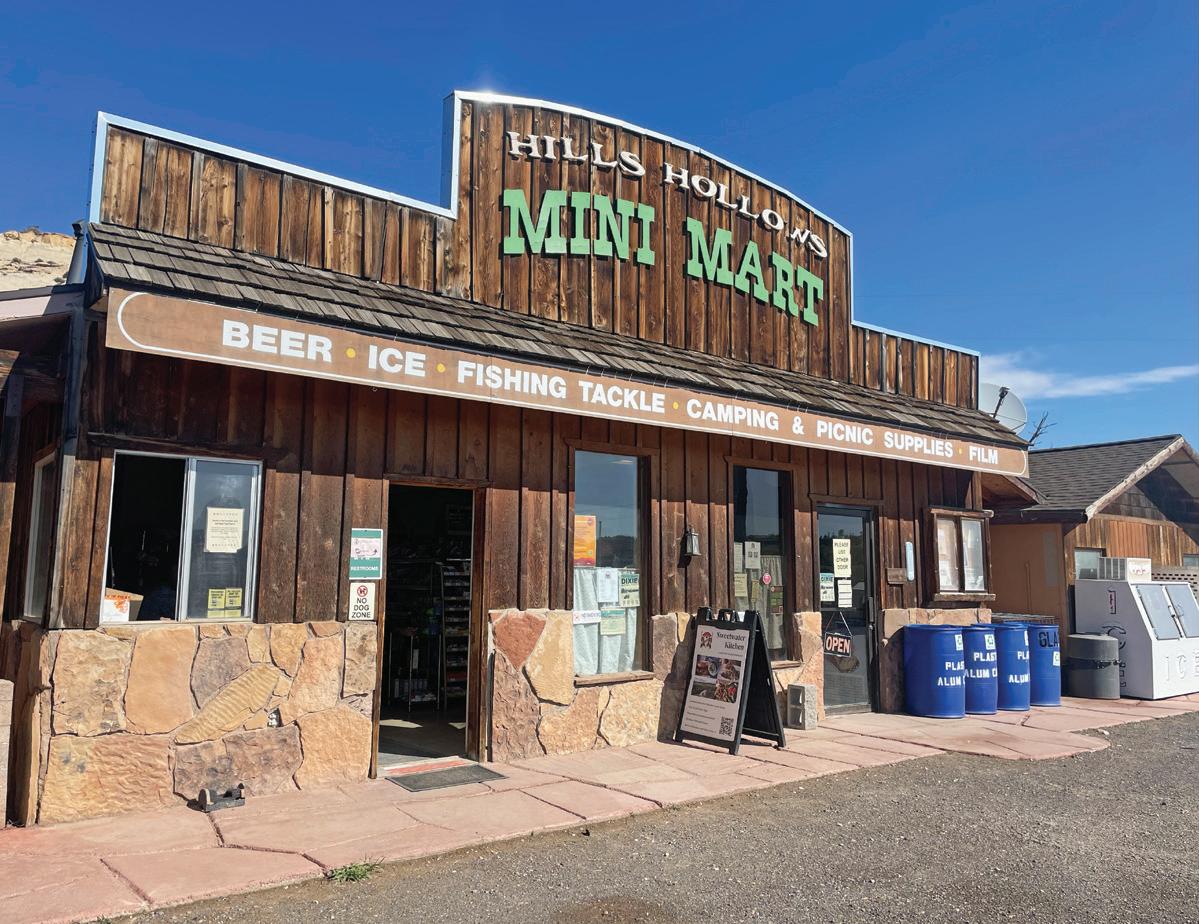
“Do you have a reservation?” Lacy Allen was asked when she and a friend first stepped into Hell’s Backbone Grill, dirty after a big hike. Despite having traveled to Boulder specifically for the purpose of eating goat cheese fondue at the famed restaurant, her answer was no. But like many a dirty pair of hikers who turn up there, they got a table anyway. Then Allen’s plan to set her friend up with the bartender led to her setting him up with herself. A year later, she moved to Boulder and started as a server at Hell’s Backbone, working up to dining room manager for a total tenure of seven years. (The bartender, now her husband, still works for the restaurant.)
I knew none of this when I approached the counter of Allen’s sixweek-young Wild Indigo Café food truck and picked up a Mother’s Day menu featuring french toast, sweet dosas, and something called dosaquiles. Brightly painted, with a “mural coming soon” sign in the only space left blank, the truck’s design—like the food—draws some of its inspiration from India. It also evokes the visual surprise of hot-pink Utah penstemon. Seated at the small orange tables parked around the truck were a mix of visitors and locals; the couple ordering ahead of me had worked with Allen at Hell’s Backbone. Skeptical of the dosaquiles—wouldn’t dosa chips get soggy in a tomatillo kimchi salsa?— I ordered a lemon ricotta dosa, then snagged bite after crunchy, aromatic bite from my partner’s plate.
“I was just obsessed,” Allen told me of her first trip to India, made possible partly because Hell’s Backbone Grill, like much of Boulder, closes every winter. “Everything was so colorful and smelled amazing; there was so much culture and beauty everywhere.” On her next trip, she brought a duffle bag. She’d been pickling from her home garden, and she started filling the bag with spices from every tea and spice vendor she came across. In Jaipur, she met one with “walls and walls of spices” who said he could ship anywhere. She started pickling carrots with turmeric, cauliflower with garam masala, and selling them at the farmers market. “Then COVID happened, and Hell’s decided

[they were] never gonna do breakfast again,” and Allen hatched the idea of opening a breakfast place.
Last year, Allen reached out to Shawn Owen, the owner of Hills & Hollows market, about the food truck sitting idle in his lot. Their partnership includes an agreement for Wild Indigo to source beef from his family ranch. She also sources greens locally and continues to buy the bulk of her spices from her partner in Jaipur. For her, sourcing spices ethically means not buying from Amazon or other big companies where the origins of the product are rendered completely anonymous. Allen conceives most of the recipes, but credits head chef Garrett Compton with helping her execute ideas like the dosaquiles.
Noting that Garfield County has one of the lowest average incomes in the state, Allen said that while she wants to make enough to survive, she doesn’t want anyone to be priced out; the vision is to serve locals as well as tourists.
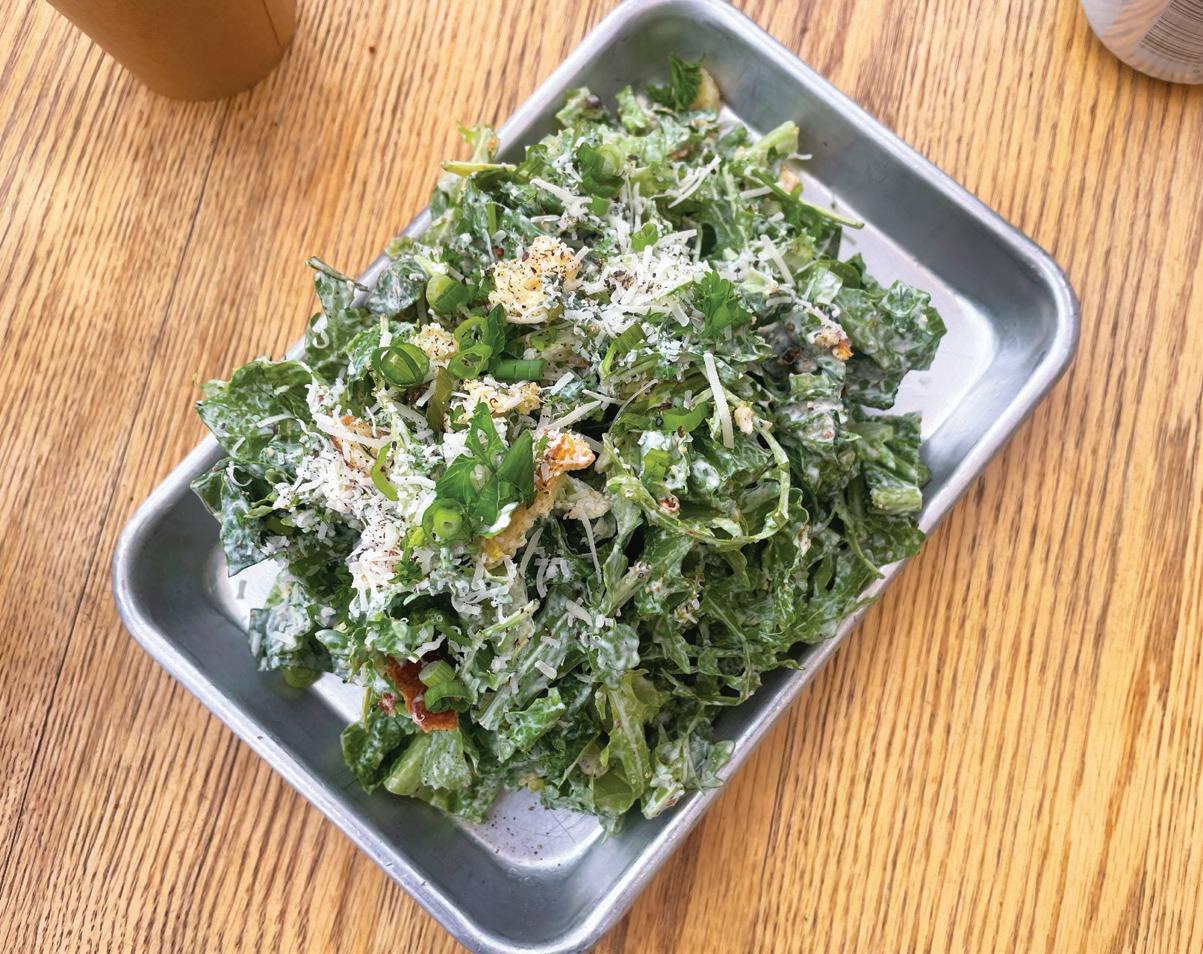


10 Hwy 12, Boulder, Utah, burrtrailgrill.life
The patio at Burr Trail Grill offers views of cattle grazing on an irrigated pasture, and there are lamb eating grass around the next bend, but I’m not surprised when owner Nichole Shrives tells me that it’s four hours round trip to buy meat from the butcher. In fact, given Boulder’s remoteness, I’m surprised it’s not farther. “Being out here,” she said, “we have to rely on [Nicholas & Company, an intermountain food distribution company] to some extent.”
They brine and slow-roast the corned beef for their reuben inhouse, and do a lemon caper salad that has become for me on long hikes what lemon Snapple was to Cheryl Strayed on a certain stretch of the Pacific Crest Trail. The lamb burger is dressed Greek, and other sandwiches wear traces of Thailand. “We like using unique flavors and tying them into classic American dishes that you would expect coming to a place like this,” Shrives said of her and her husband Max’s culinary inspirations. Their care for consistency and quality, even when ingredients are not local, is evident. “One reason we have been able to do that,” she said, “is that we’re family owned. My sisters work here with me, my sister’s husband, and now my mom.”
Although the family lives in Boulder year-round, the restaurant’s overhead prevents them from staying open during winter, when the de facto population drops below two hundred. But Shrives hopes to keep their new venture, Tumbleweed Coffee, open all year. The café, located next door, opens this summer and will offer pastries and croissants in the morning.
Highway 12 can be taken in most any vehicle with a full tank of gas and a functional spare (and as in rural New Mexico, a good supply of water is never a bad idea), but remember that despite the good eating, this place is remote. Research and prepare appropriately before you venture onto hiking trails and sandy back roads. Also, know that Boulder’s climate is more like that of Taos than Phoenix, with summer highs in the low eighties—just take extra care when planning hikes during monsoon season.
460 Hwy 12, Boulder, Utah, magnoliasstreetfood.com

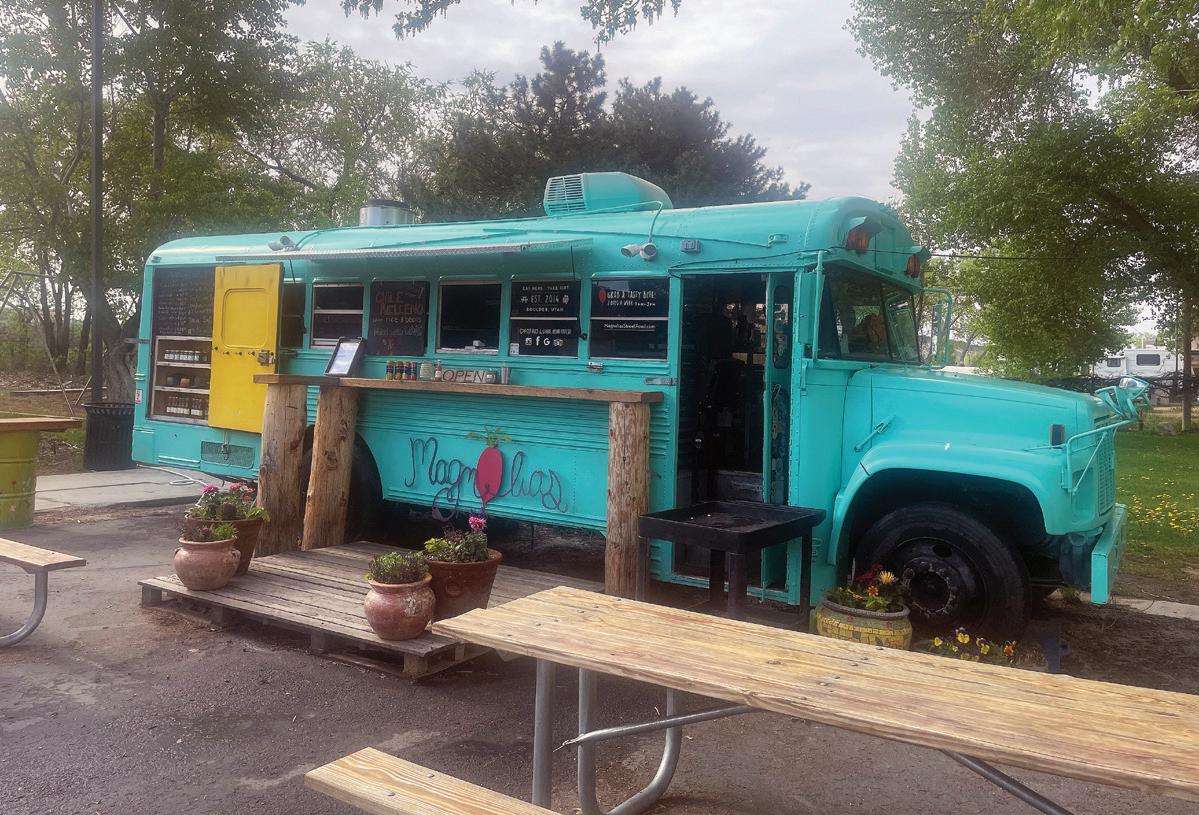
Operating from a bus parked in front of the Anasazi State Park Museum, Magnolia’s Street Food serves breakfast and lunch. Alas, the Red Dirt Girl sandwich is no longer a standard option (it is offered at their new brick-and-mortar location in Escalante), but they often have lunch specials in addition to their array of tacos and burritos, which at lunch can be filled with a picadillo made from local beef. Co-owner Garin Apperson said that he’s drawn to make “good, simple, traditional food.” While he and his wife, Haylee, partner with Halfacre’s Farm to source some produce for their Escalante location, Apperson stressed the challenges of sourcing locally in Boulder. The couple no longer live in town, but some of the truck’s staff do. One friendly employee said he first came to attend the local survival school, and the man who cooked our breakfast dropped anecdotes about his time in New Mexico as the two chatted. “You forget how much of New Mexico there is,” I heard him say—a statement that could equally be applied to Utah.
Even though my understanding of geology is elementary, I can sense, in and around Boulder, that I am looking at a cross section of the history of the world. It is a place of extravagant and sometimes stark beauty. And maybe that makes it a good place to consider one’s place on the planet, now and into the future.




 View of Mesa Verde.
View of Mesa Verde.
and Photos by Stephanie Cameron
“AAn annual trek to the San Juan Skyway region usually takes my mountain biking friends and I barreling through Mancos, Colorado, with the destination set for Phil’s World mountain biking trails just outside Cortez. This year my traveling companions and I decided to try a change of scenery and stay in Mancos State Park instead of the Cortez KOA. Arriving with few expectations, we were surprised to discover that the town of 0.6 square miles and fewer than 1,500 people is full of stellar food and drink options, and immediately fell in love with the “Gateway to Mesa Verde.”
The town sits seven thousand feet above sea level; the La Plata Mountains surround the valley on one side and the spectacular cliffs of Mesa Verde on the other. A few miles north is Jackson Gulch Reservoir for fishing and boating, Mancos State Park for mountain biking, and Chicken Creek Cross-Country Ski Area. Six miles to the west is the entrance to Mesa Verde National Park, a UNESCO World Heritage site. Various vacation resorts, dude ranches, elk ranches, and other tourist-, sports-, and huntingrelated activities are located in and around the town.
Knowing that I would be visiting M. Karlos Baca for a photo shoot at his 4th World Farm on the Southern Ute Nation, I began to plan our itinerary for the weekend in and around Mancos. I had no idea I would discover enough eateries in the town to fill our three days between camping and hitting the trails for mountain biking. While visiting with Baca, I vetted my plans, and he suggested adding the new bar in town to our list. Only four hours from Albuquerque or Santa Fe, Mancos is worth the trip to breathe in the mountain air, take in the spectacular vistas, and enjoy smalltown charm with good food and drink.
484 Hwy 160 E Frontage Rd, Mancos, 970-533-9761, mancosbrewingcompany.com
After a hard day of bike riding, nothing beats the outdoor patio at Mancos Brewery. Small-batch-brewed beers and wood-fired pizzas can compete with any enthusiast’s top pick of this pairing around the Southwest. Live music and spectacular views abound, making this spot the perfect place to slip into the evening hours. I paired the Meat Dream (six types of meat, plus green chile) wood-fired pizza with their Mancos Gold Pilsner.

141 S Main Street, Mancos, 970-533-4005, fenceline.co
Overlooking the Mancos River, Fenceline Cider has a food truck, live music, and cider flavors ranging from elderberry to quince, for the perfect cidery experience. Their cider is crafted with cold, slow fermentation, which produces a drier libation with complex flavors and less sugar. Surrounded by thousands of abandoned orchards that grow in Montezuma County’s rich soil and arid climate, they are committed to upcycling this region’s heritage and wild apples. New to the location is their food truck, Fencepost. They work with local farmers and producers and have a menu that highlights the diversity of the Mancos Valley agricultural region. I enjoyed the Tesgüino cider with tamarind agave and the Roadrunner torta with barbecued pork, cheddar, and homemade slaw on sourdough bread.

110 S Main St, Mancos, 970-533-1200, absolutebakery.com

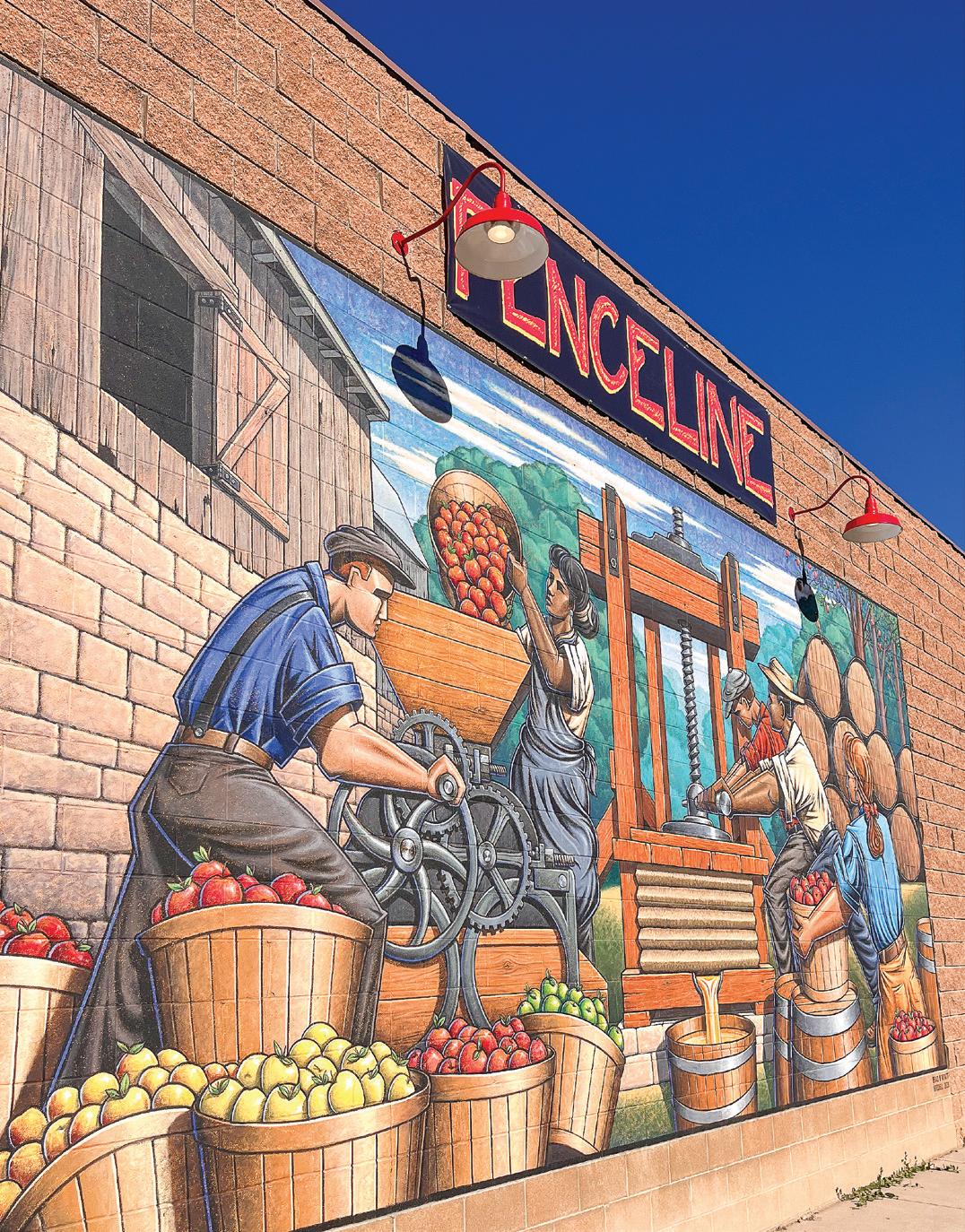

Absolute Bakery, a community hub, is a popular place for breakfast and brunch, and it is well worth waiting for a seat in the eclectically decorated café loaded with books and art for sale. All their food is made from scratch with local and organic ingredients. I savored the highly recommended Mesa Verde Stack: eggs over easy served atop a mountain of hash browns and melted cheddar cheese, topped with house green chile and bacon. There is also a big counter for ordering anything off the menu and baked goods to go. Their build-your-own sandwich options are great for putting in your pack and hitting the trails for biking or hiking or enjoying in the park next to the Mancos River.

41900 Hwy 160, Mancos, 970-238-6073, globalkitchen-mancos.com

Global Kitchen is a place to sit and enjoy some of their many tapas-style menu items or pick up grab-and-go items from the freezer to take home or to camp, but we stopped in on a Sunday, when they were serving up one of their weekly community dinners. During the family-style meal, my traveling companions and I enjoyed a flavorful Greek-inspired platter of pork meatballs, falafel, tzatziki, hummus, and tomato-spinach salad with house-fermented lentil bread. Paired with music and local fermented libations and finished with a board of dessert options, this meal had us yearning to spend every Sunday afternoon gathered with old and new friends, visitors and locals, to break bread.

140 Mesa St, Mancos
El Río is the newest kid on the block in Mancos and serves craft cocktails as good as many I’ve sampled in the Southwest’s big cities. A father and son duo has restored the space to feel like a cantina out of Mexico, and they serve up hospitality with their creative and well-balanced drinks. They also have a food truck, Al Pastor Aqui, that often frequents the parking lot and offers tacos to pair with the libations. I enjoyed a Mezcal Paloma with grapefruit soda and lime and, to celebrate conquering the trails for the day, a house-infused watermelon vodka shot.


Chartreuse shortage?
Sotol controversy?
Dumpling love?
Foraging for wolfberries?
Enlightened, witty, and a little bit wily, The Bite is edible New Mexico’s unfiltered take on our state’s everevolving food scene. We cover what others don’t, from Albuquerque speakeasies to Taos soul food, from za’alook in Santa Fe to Silver City’s must-try barbecue. Vegan to carnivore, hot or cold, fruit stand to velvet curtains, we’re there.
We’re not fussy, but we know our stuff. And we’re always independent.

Oh, and we’re free.
Sign up at thebitenm.com and get our newsletter: once weekly hot takes on big trends with sides of handselected cool local events, restaurant and café openings, and a dash of foodie gossip. Bimonthly longer-form pieces get the inside story on off-theradar foodscapes, like bánh xèo in Albuquerque’s International District, Cloudcroft’s breweries, what to order at the old Middle of Nowhere Bar, and the lowdown on that guy making shrubs at Radish & Rye.
Hot food, cool people. Get out of your comfort zone with The Bite.
 New Mexico’s Independent Culinary Authority
New Mexico’s Independent Culinary Authority
Numerous events are held in Mancos each year, including BurroFest in mid-June, Mancos Days the last weekend in July, a motorcycle rally over Labor Day weekend, and a balloon festival in September.
Zuma Natural Foods is a grocery and general store with local and organic choices to stock up for a meal at the campsite. They also serve coffee, sandwiches, salads, and soups, with gluten-free and vegetarian options.
Although many travel to the area for Phil’s World, which offers nearly sixty miles of mountain bike trails outside Cortez, other trail systems closer to Mancos are worth exploring.
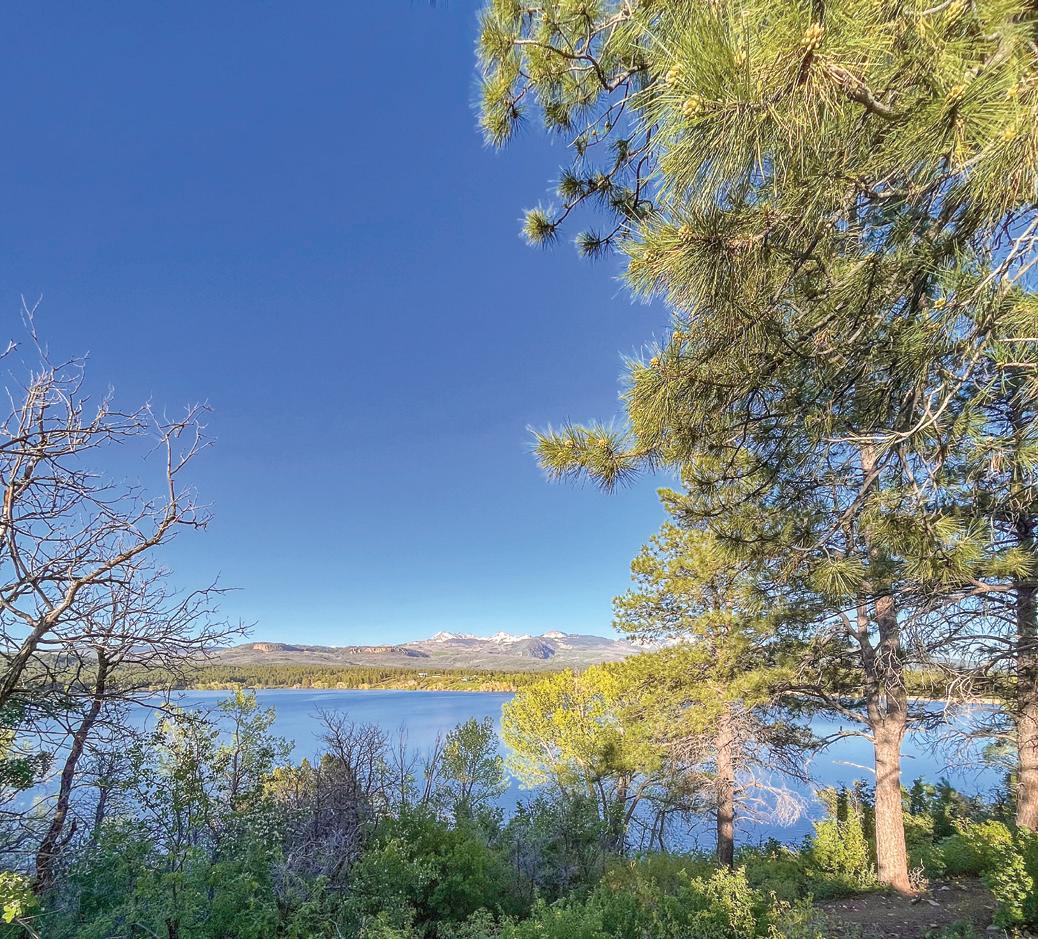
The Aqueduct Trail System is the newest in Mancos, with twelve miles of trails completed at the end of 2022. Located just a couple miles from town, these trails will eventually be accessible from Mancos via the Paths to Mesa Verde multiuse pathway. The trails are open for use May 1–November 30 and closed December 1–April 30 for wildlife. There is something for riders of all levels.

The Chicken Creek Trail System provides fantastic family-friendly hiking, horseback riding, and mountain biking in the ponderosa pines and is a gateway to higher-elevation trails. These loops are beginner friendly and are groomed for cross-country skiing during the winter months. Leashed dogs are allowed.
The Mancos Spur Trail rises a mile above Mancos. Beginning at nearby Mancos State Park, it continues for 23 1/2 miles up to twelve thousand feet in the La Plata mountains, where it connects with the Colorado Trail. It supports multiple uses, including hiking, backpacking, trail running, mountain biking, horseback riding, and, in the winter, snowshoeing.
Mancos State Park borders the southwest corner of the San Juan Forest. Boating, camping, and fishing are fun in the summer, and ice fishing is popular in the winter. Cabins and yurts with gas heaters and electricity are available for rent and are open year-round. There are thirty-two campsites spread across two campgrounds. Amenities include drinking water and vault toilets; there are no electrical hookups or shower facilities. Reservations can be made in advance.
The Mesa Verde Motel offers stylish lodging at budget prices seven miles from the national park’s entrance. The motel was remodeled in 2011 by two Durango-based couples who gave the property a clean and modern yet nostalgic feel with attention to details like vintage-style coffee pots and colorful wall murals. A short walk from local restaurants, rooms are sparkling clean and include access to a hot tub.
Mesa Verde National Park is a stunning fifty-two-thousand-acre swath of the Colorado Plateau offering an opportunity to learn about the Ancestral Puebloan people who first settled the land 1,400 years ago. A sacred site for twenty-six tribes across the Four Corners and beyond, a UNESCO World Heritage Site, and an International Dark Sky Park, much of Mesa Verde is accessible by car, with a downloadable audio tour available at the visitor’s center. Short hikes from designated parking areas allow easy viewing of early underground dwellings and the towering cliff structures that mark the later settlements. Reservations are required to tour the cliff dwellings, and backcountry hikes are also available. Contact the park for details.
The Canyon of the Ancients National Monument contains the highest known archaeological site density in the United States, with rich, well-preserved evidence of ancestral Native American cultures. Camping and campfires are allowed in backcountry areas throughout the monument but are prohibited in archaeological sites and within three hundred feet of water sources.
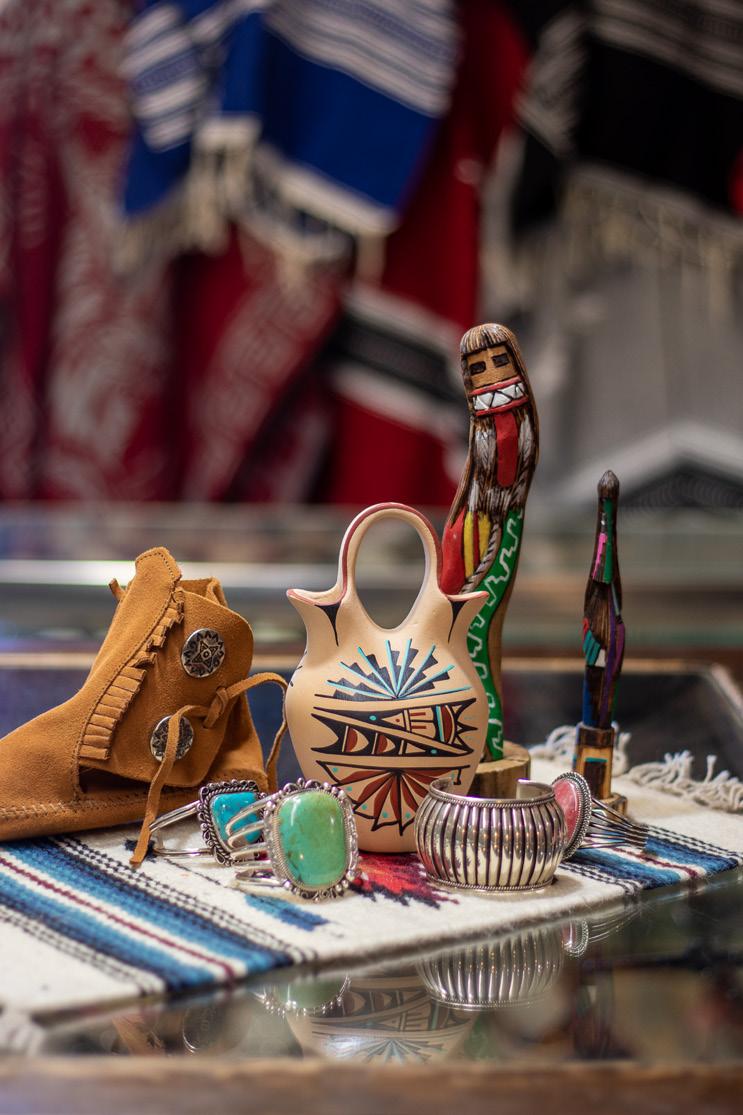



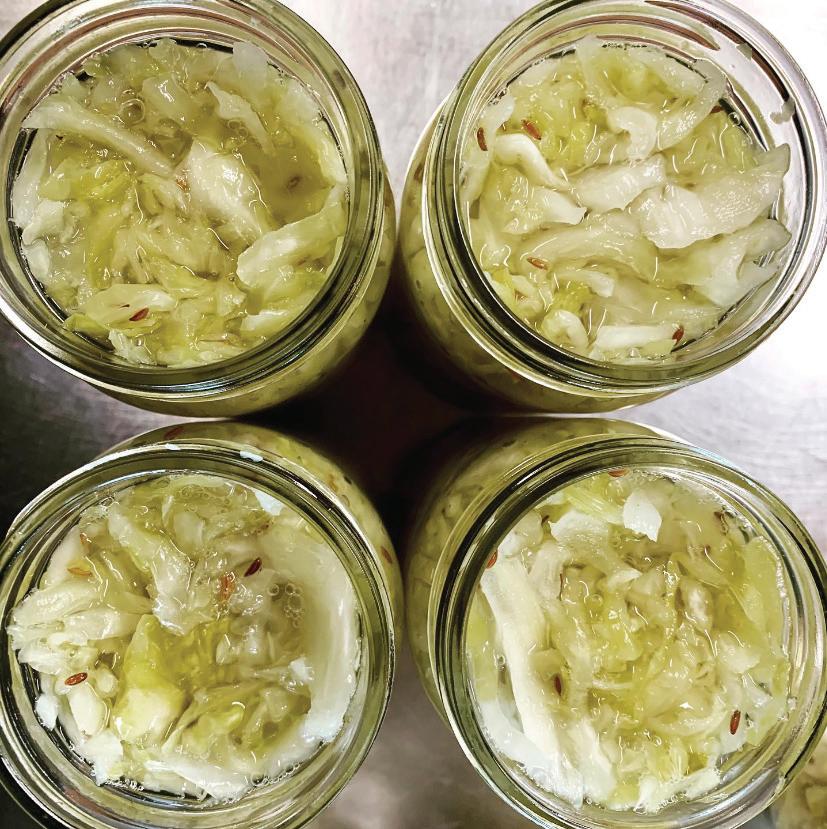
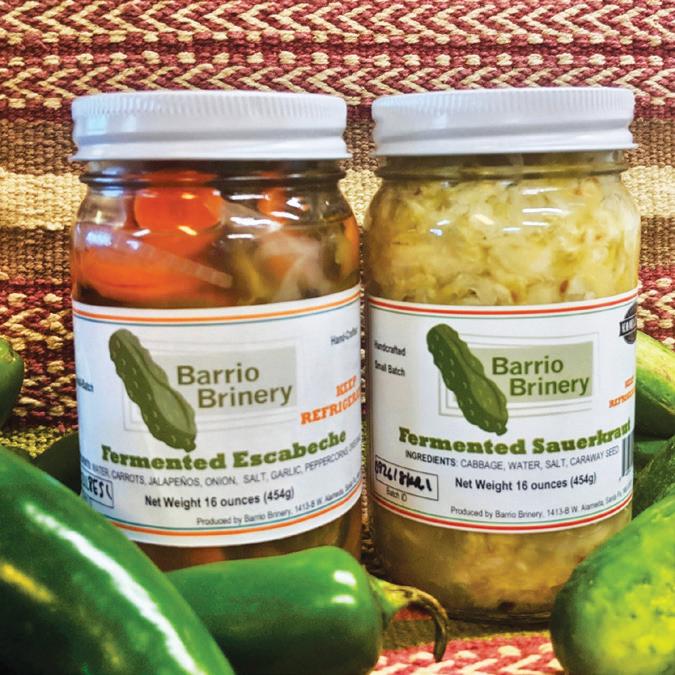
Your support for the advertisers listed here allows us to offer this magazine free of charge to readers.







THE SMACKDOWN HAS ONE SIMPLE GOAL: TO DETERMINE THE BEST BURGER IN NEW MEXICO!




September 9

12:30PM–5:30PM, SANTA FE BREWING CO.

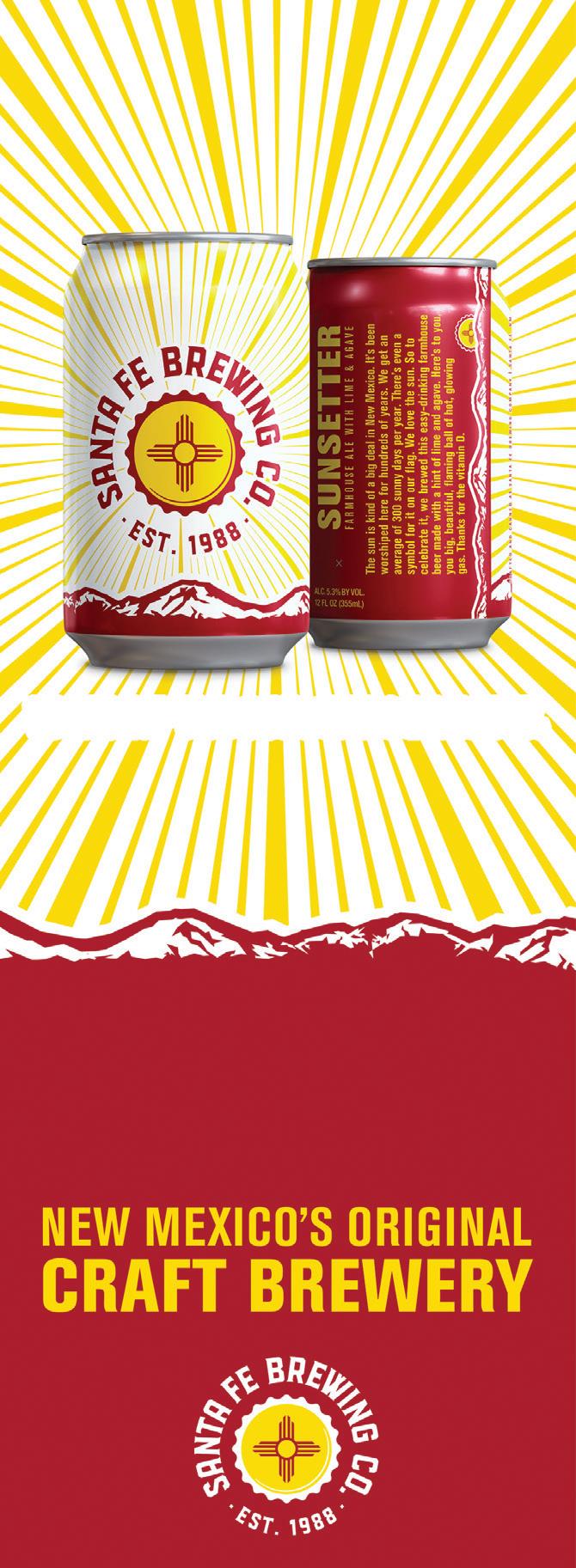
ediblesmackdown.com
#EDIBLESMACKDOWN
CELEBRATING TEN YEARS WITH THE BATTLE OF THE CAMPIONS. YOUR VOTES WILL DETERMINE THE ULTIMATE PEOPLE’S CHOICE WINNER.
LUMINARIA (SANTA FE) (ALBUQUERQUE)
PAJARITO BREW PUB (LOS ALAMOS) (SANTA FE)
STREET FOOD INSTITUTE THE SKILLET (LAS VEGAS) (ALBUQUERQUE)










• Free, unlimited admission to Vladem Contemporary, plus all four state museums in Santa Fe, seven historic sites statewide and 1,000 museums in North America



• A 10% discount and free gift with purchase at the George Duncan and Sheryl Kelsey Shop at Vladem Contemporary
• A Vladem Contemporary-themed membership card and special designation as Milestone Member in honor of your support in this important year

• Invitation to Member Preview and Grand Opening Celebration before the public opening





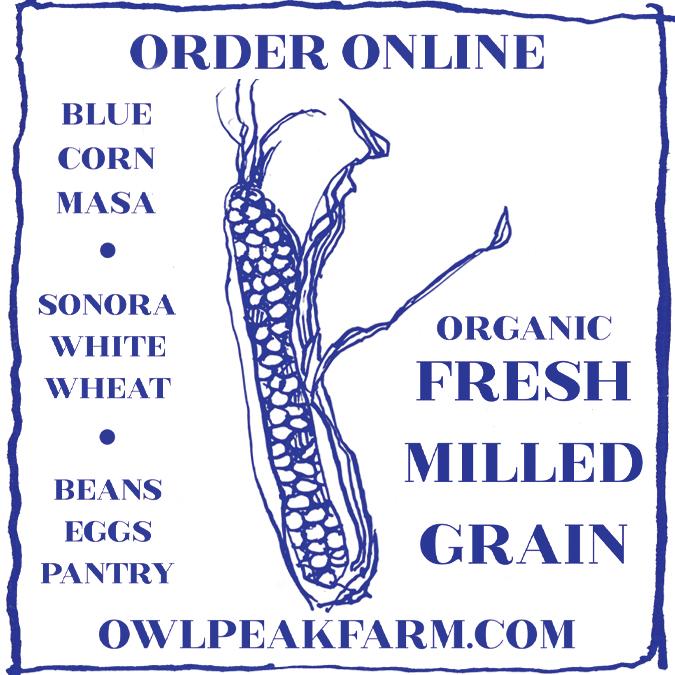





Crave adventure. Devour something new. Bite into history. All of this and more is awaiting you in Santa Fe - a city with food as vibrant as the culture that created it. Explore a culinary scene that combines historical recipes with contemporary flavors for truly one-of-a-kind dining experiences. There are so many things that make The City Different, and so much more waiting to be uncovered.
UNCOVER YOUR DIFFERENT AT SANTAFE.ORG

Stripes Burrito Co. co-owners Gary Hines and Victor Sanchez give back to the veteran community by donating a portion of their proceeds to the Raymond G. Murphy VA Medical Center. To date, they have donated over $260,000. Hines, known for founding Hurricane’s Cafe and Twisters Burgers & Burritos, established Stripes Burrito Co. in February 2018. Their food is never frozen, and everything is cooked from scratch in-house. A favorite of many, their chicken sandwiches are hand-breaded and cooked to order with house-made green chile ranch. The burrito options, available handheld and smothered, include chorizo, carne adovada, corned beef, vegetarian, and chicharrón.
Stripes Burrito Co. has six locations, including their drivethrough in Rio Rancho, at 2510 Southern SE. stripesco.com
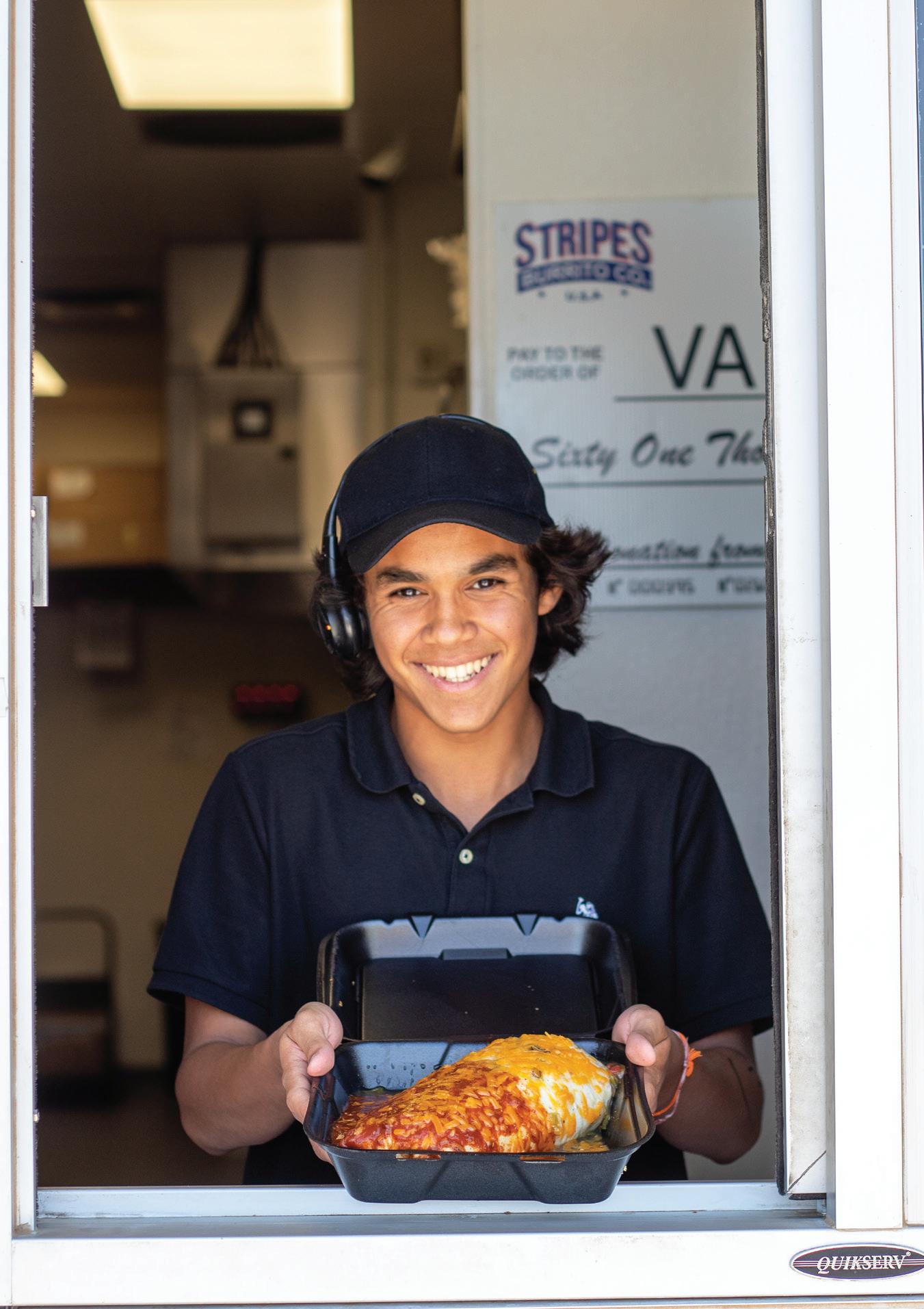
The Last Bite is brought to you by Rio Grande Credit Union and highlights New Mexico’s food entrepreneurs and small businesses.

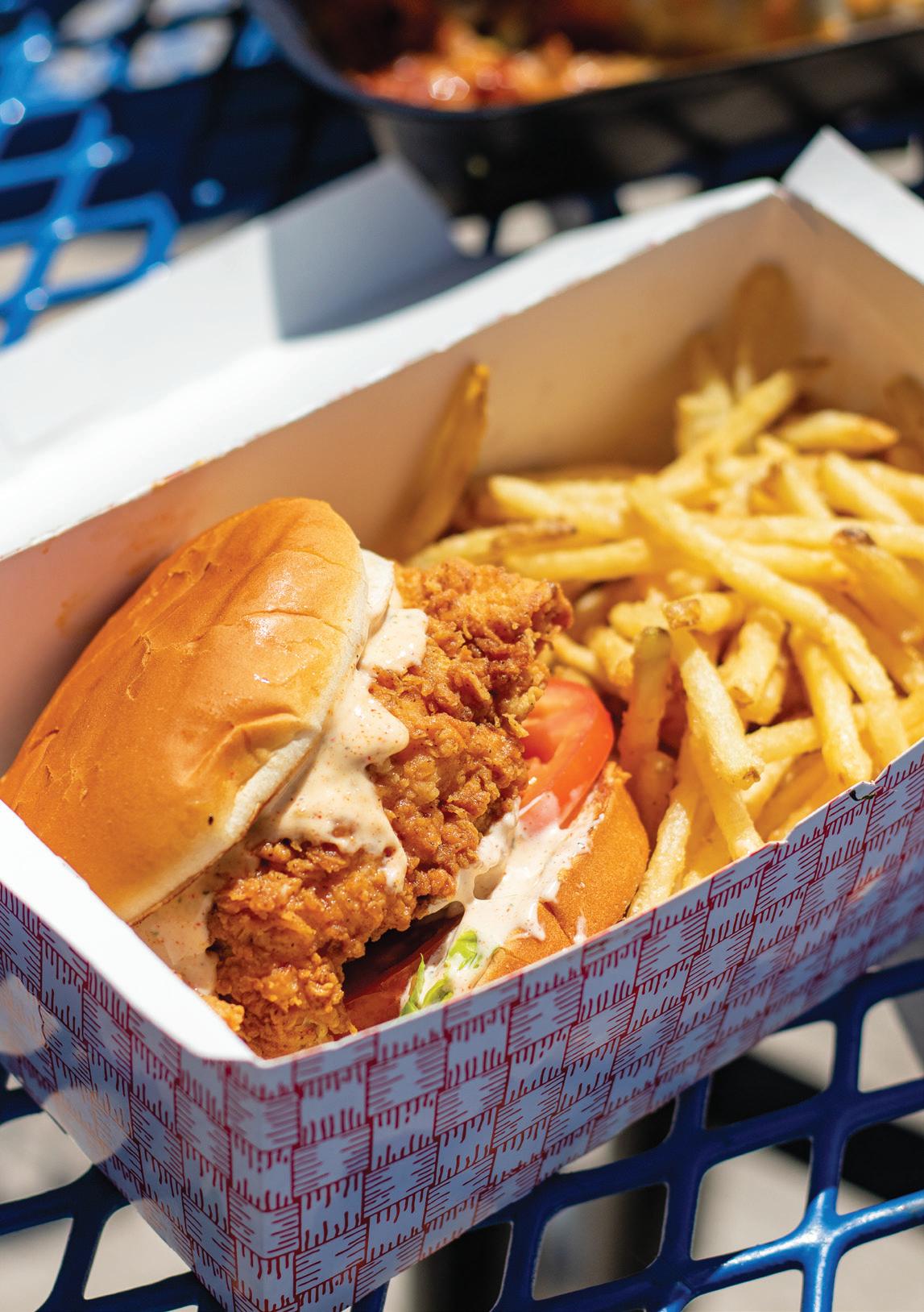 Bottom left: Famous Buttermilk Fried Chicken Sandwich. Top right: CJ Sava at Rio Rancho drive-through. Bottom right: Meatlovers Burrito smothered in red and green chile.
Bottom left: Famous Buttermilk Fried Chicken Sandwich. Top right: CJ Sava at Rio Rancho drive-through. Bottom right: Meatlovers Burrito smothered in red and green chile.


At RGCU, we’re anything but bland. Savor the flavor of a checking account that pays you money market rates on your balances - AND rewards.
Ingredients (a.k.a. the fine print): Federally insured by NCUA. We don’t make you jump through a bunch of cumbersome hoops to earn rewards or dividends. You don’t have to do things like have a bunch of transactions, or eStatements to qualify. You’ll earn dividends on balances $500 and greater. There is a monthly fee if you don’t keep a daily balance of $500. You can waive that if you’re over 55 years of age. So, if you don’t plan to keep $500 in the account and you’re younger than 55, get our Free Checking account. It pays rewards too. In other words, everything you want and need, and nothing you don’t.


